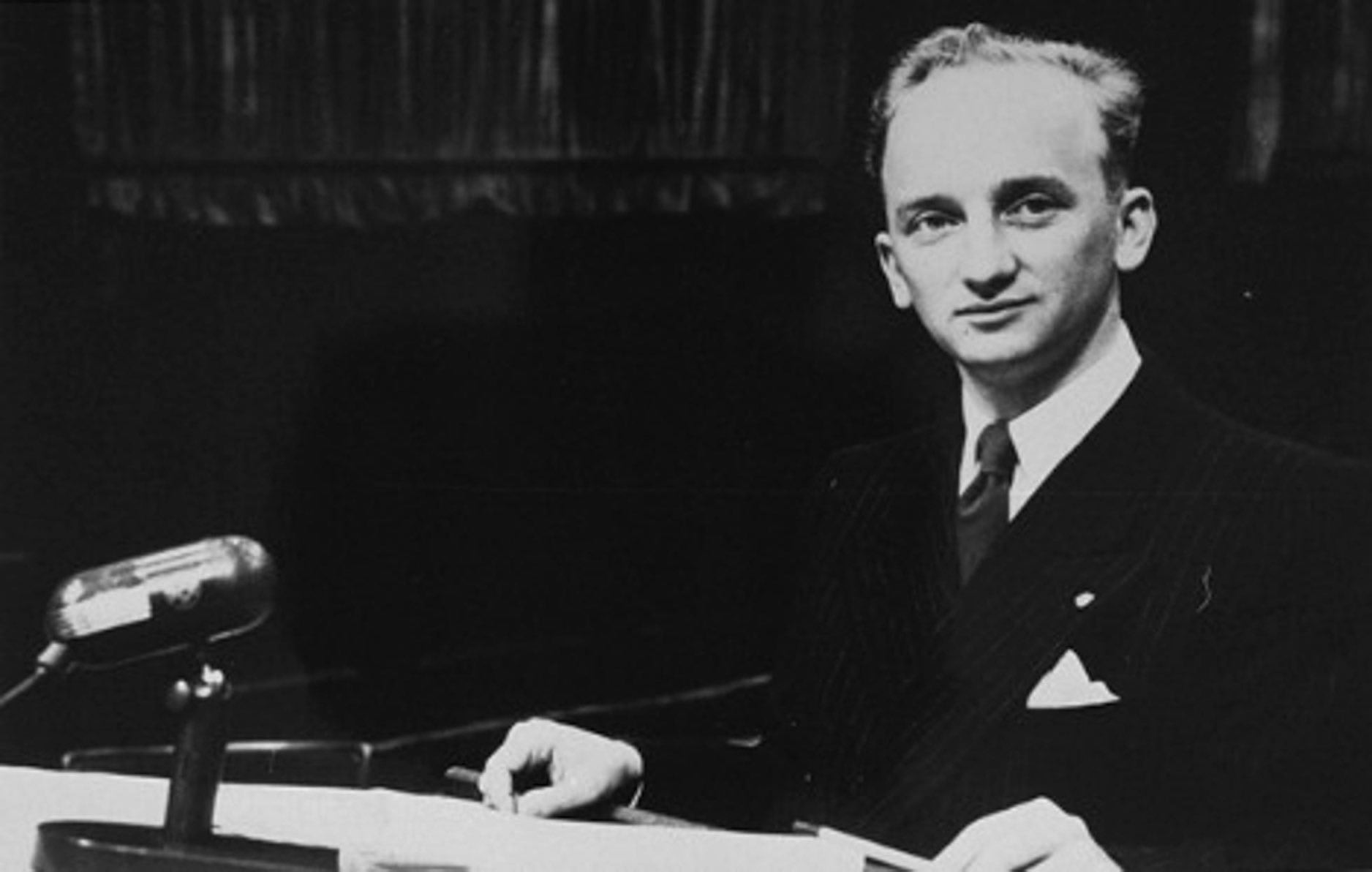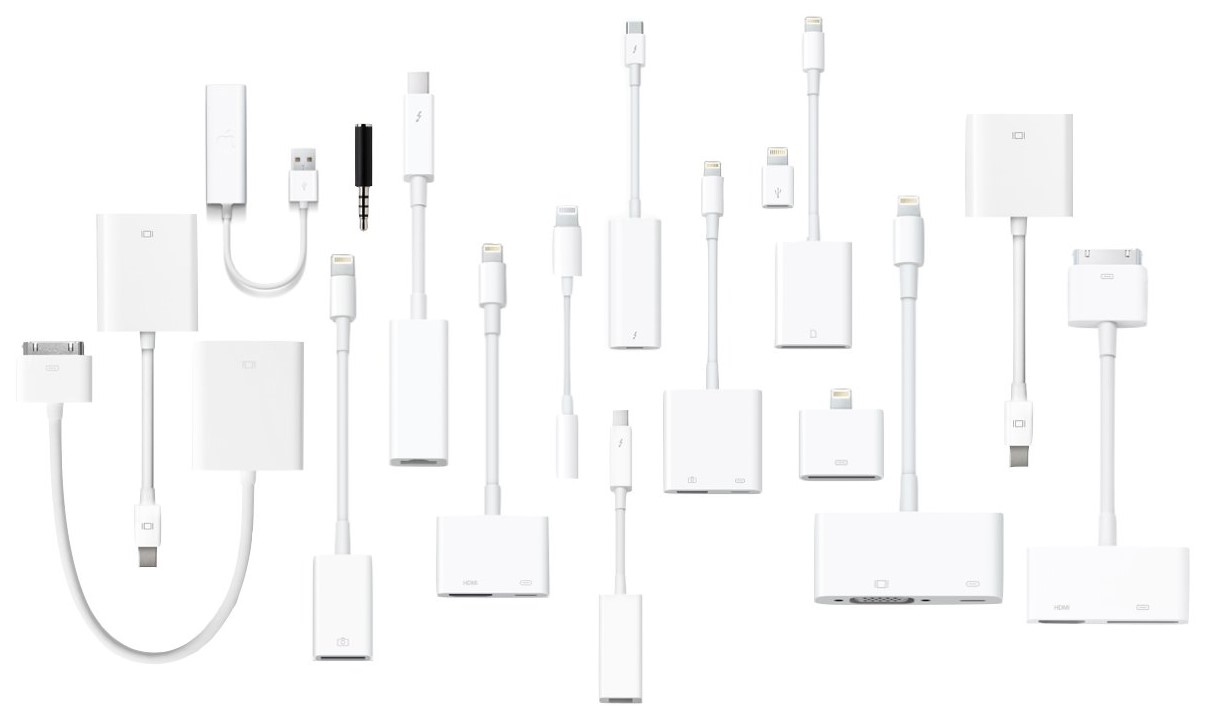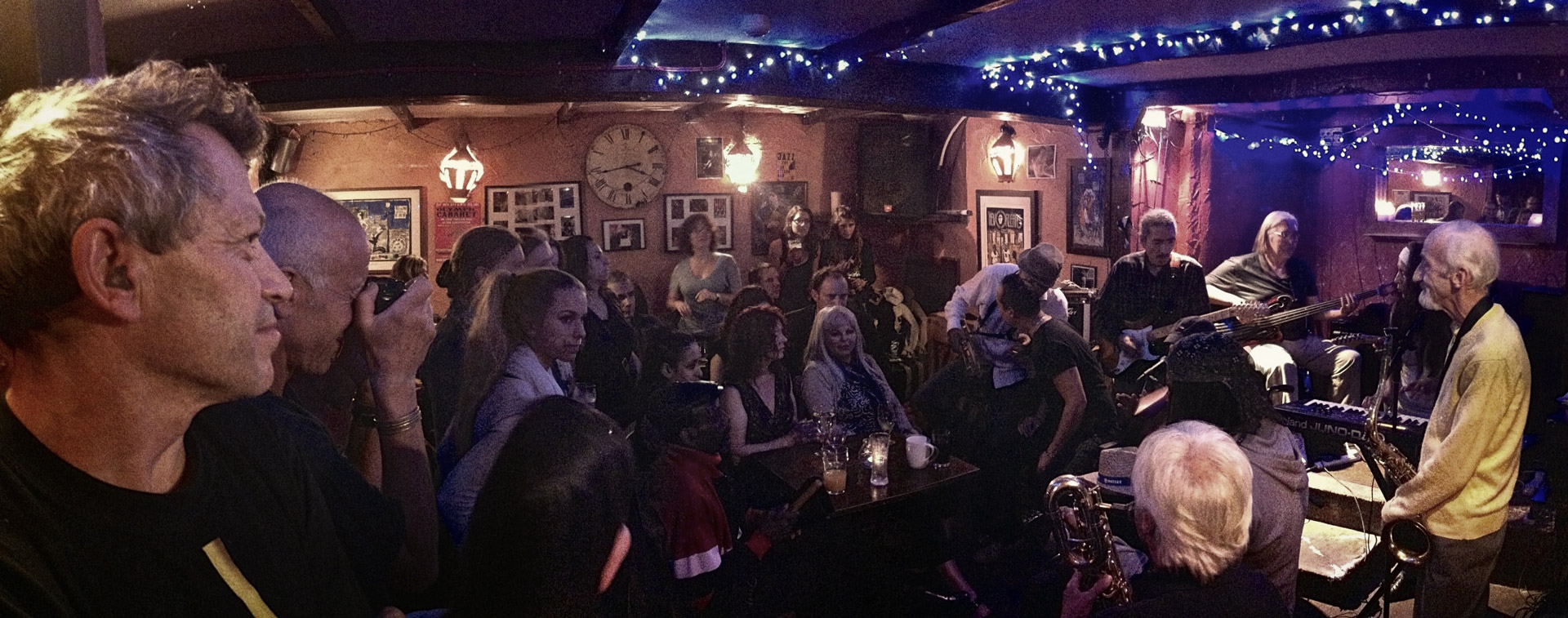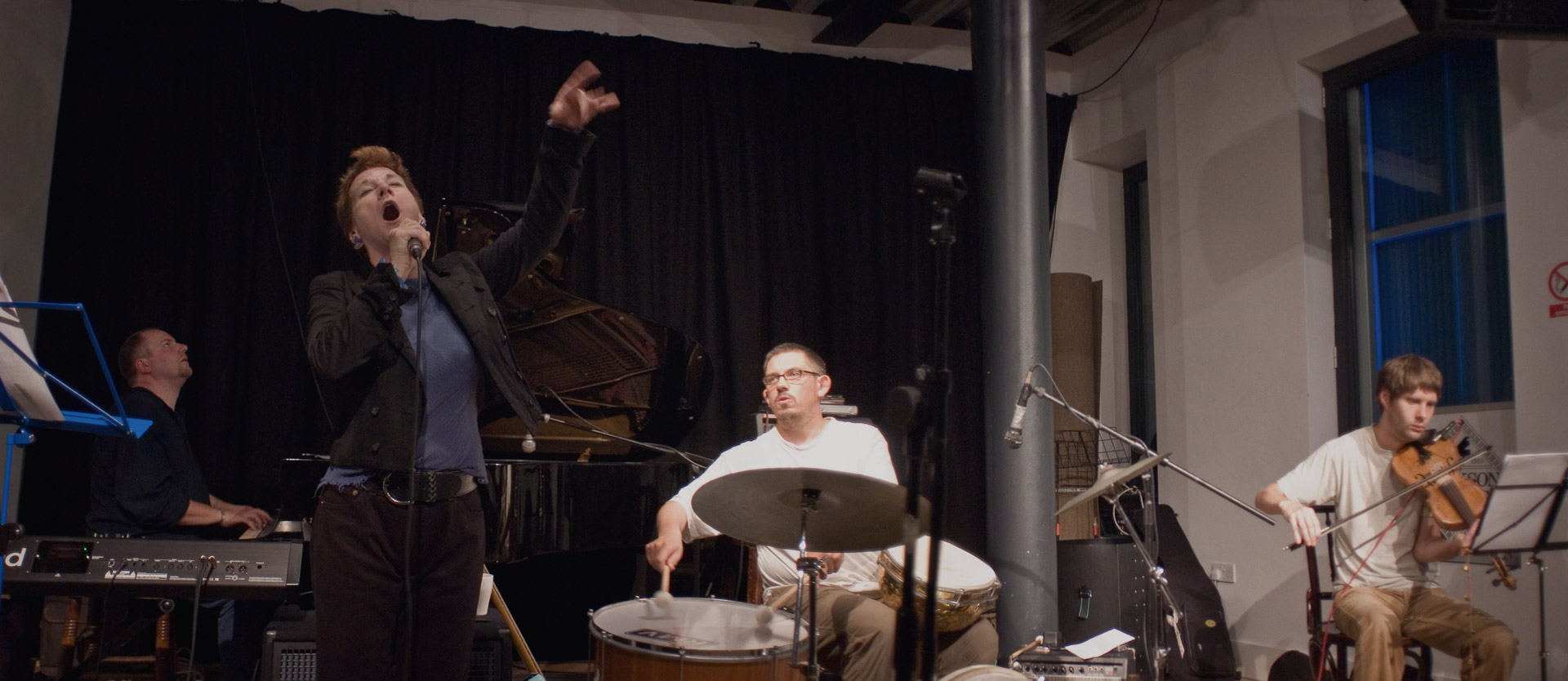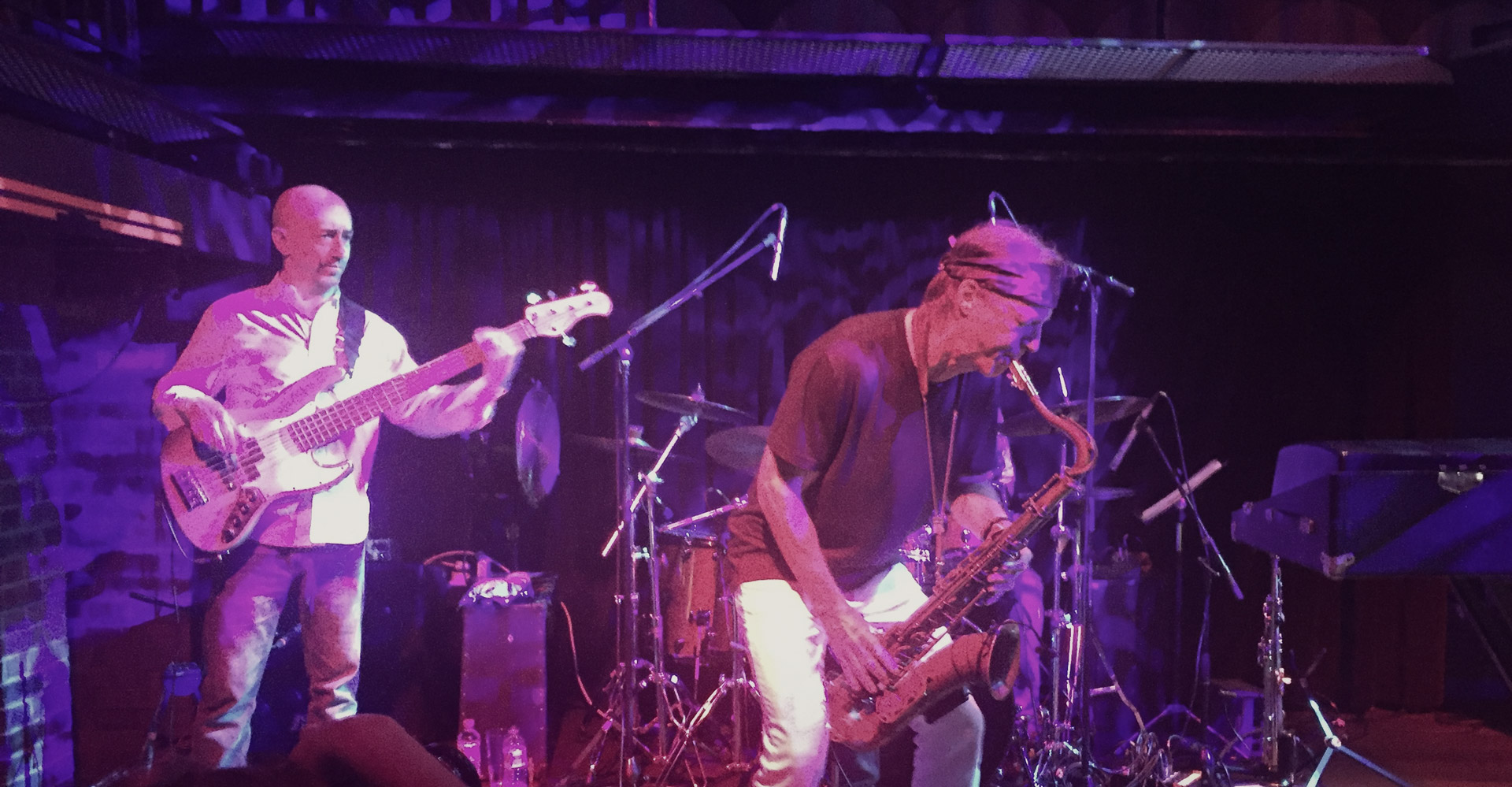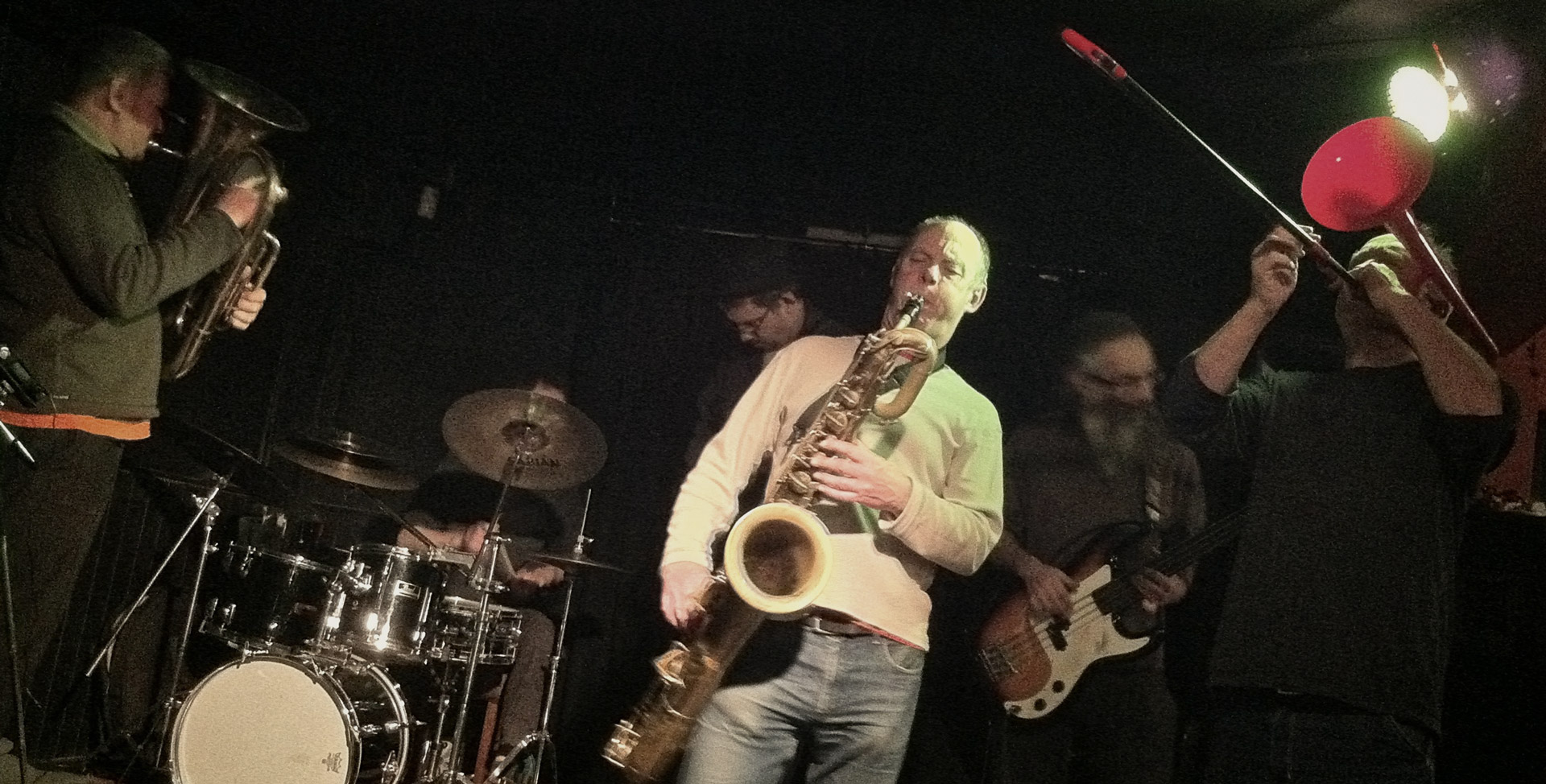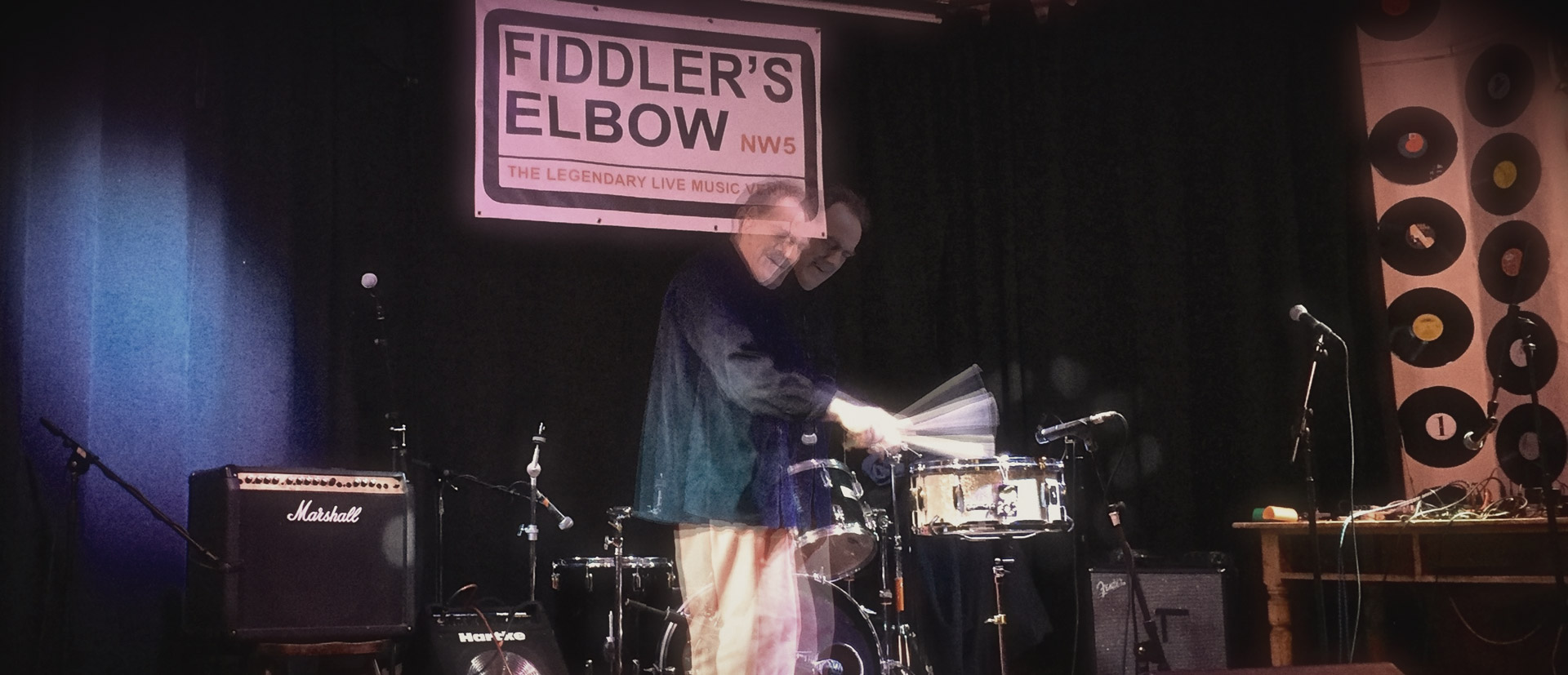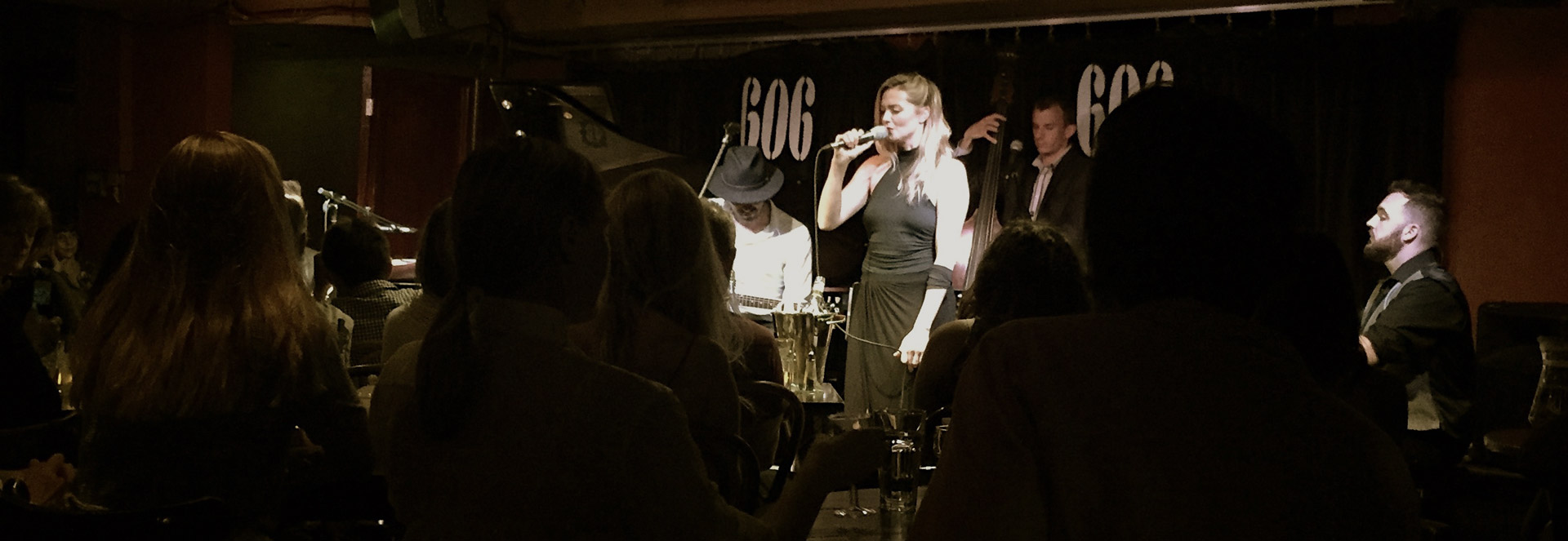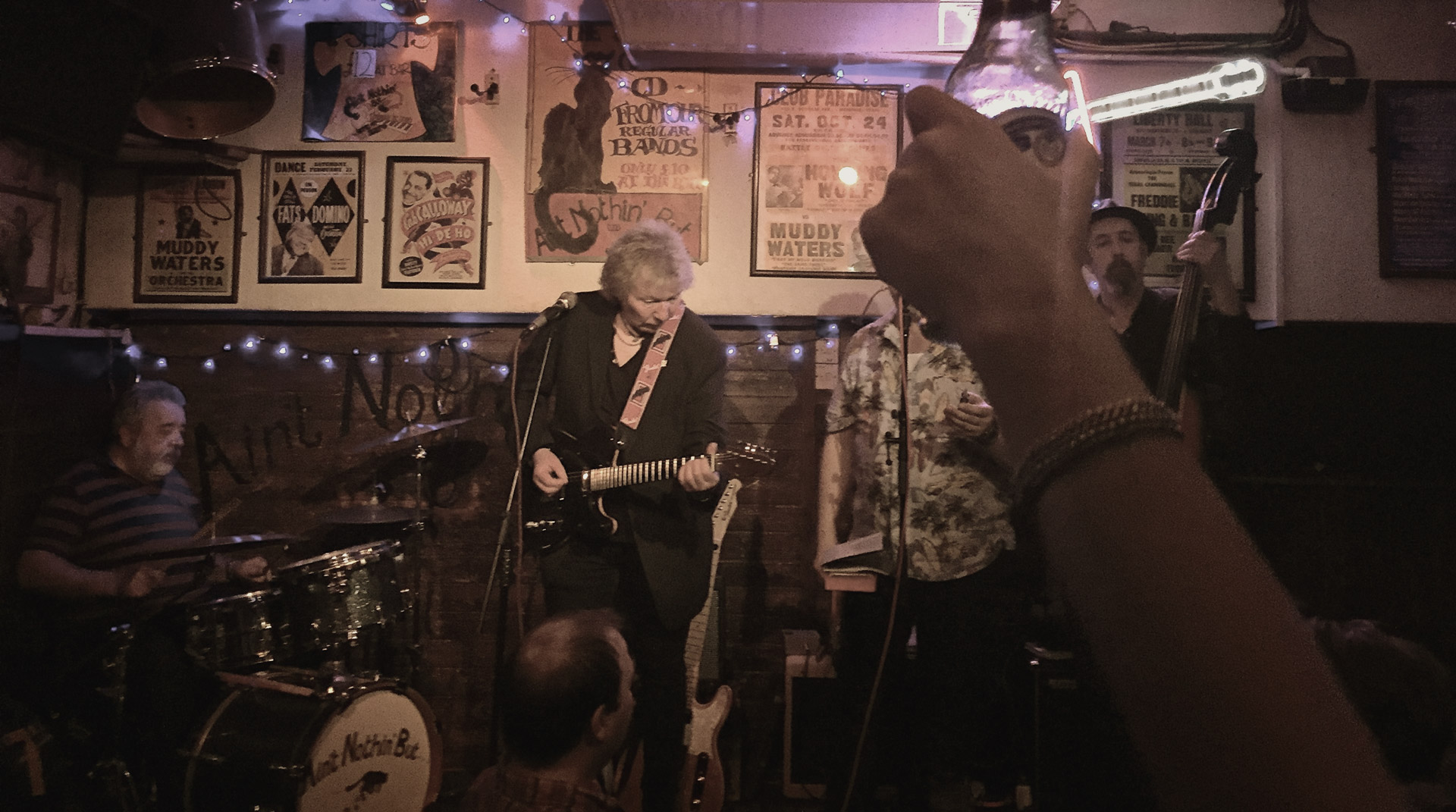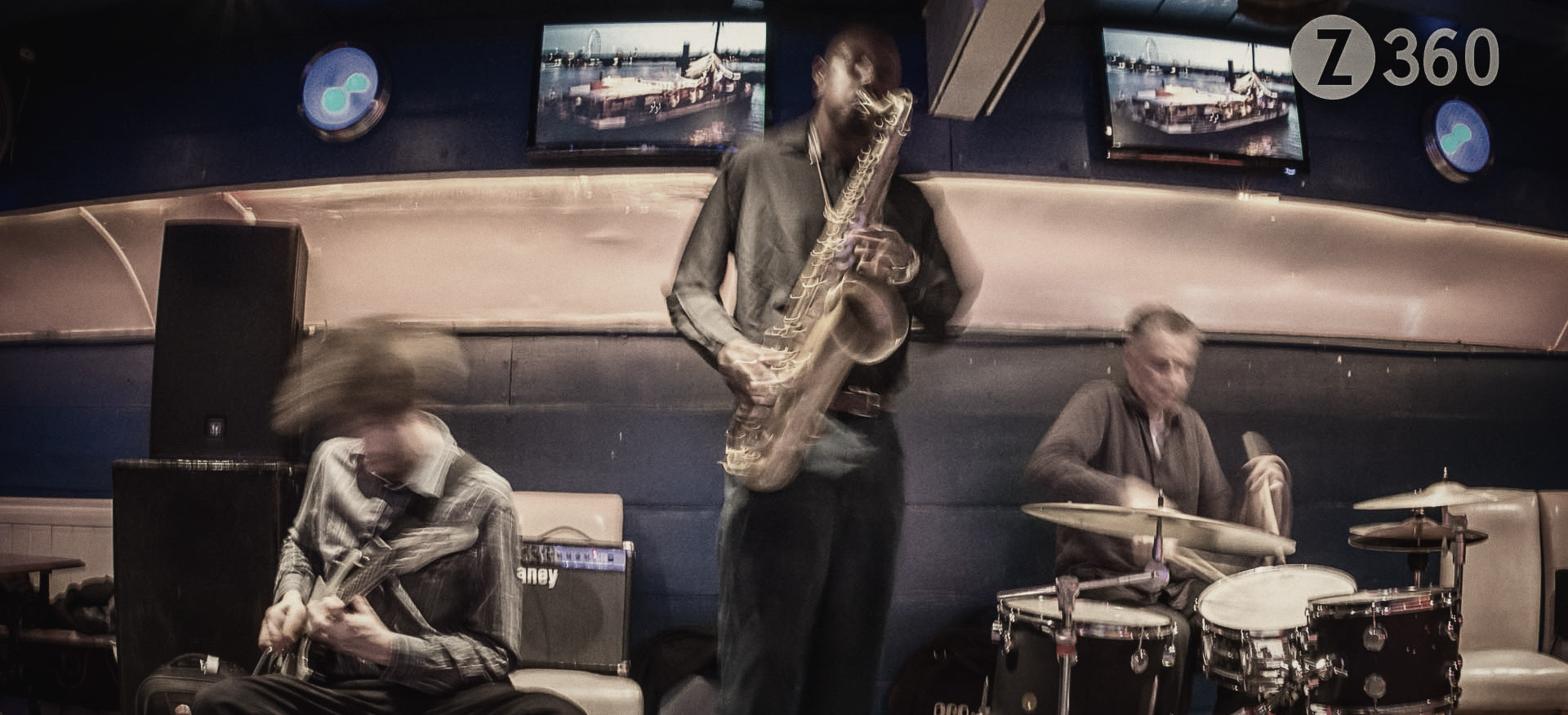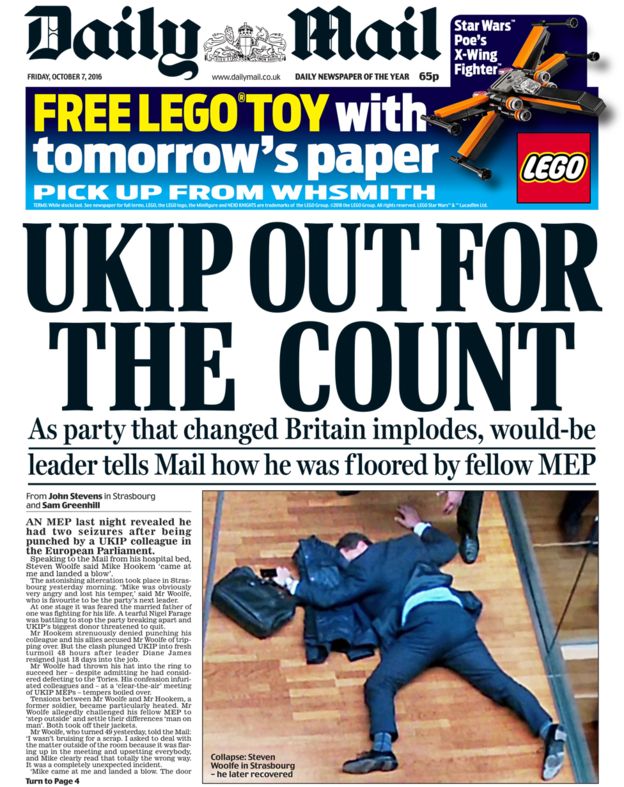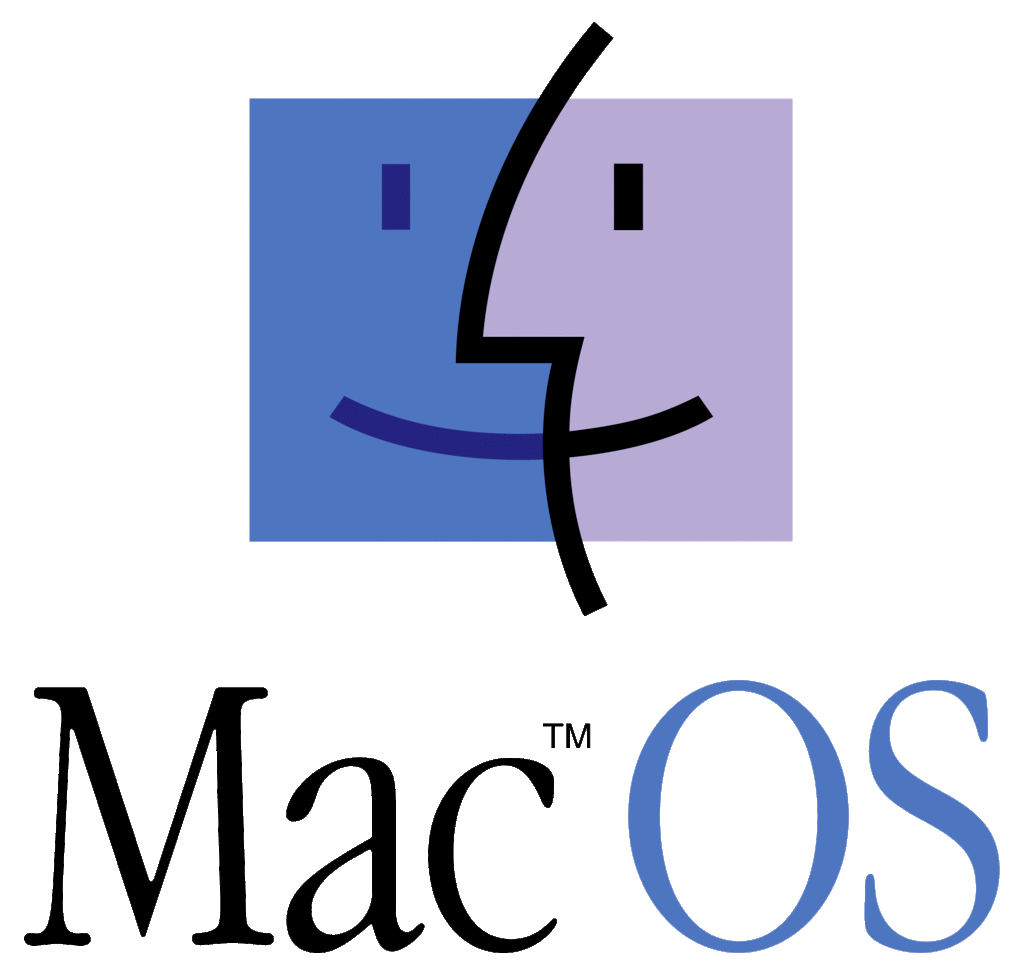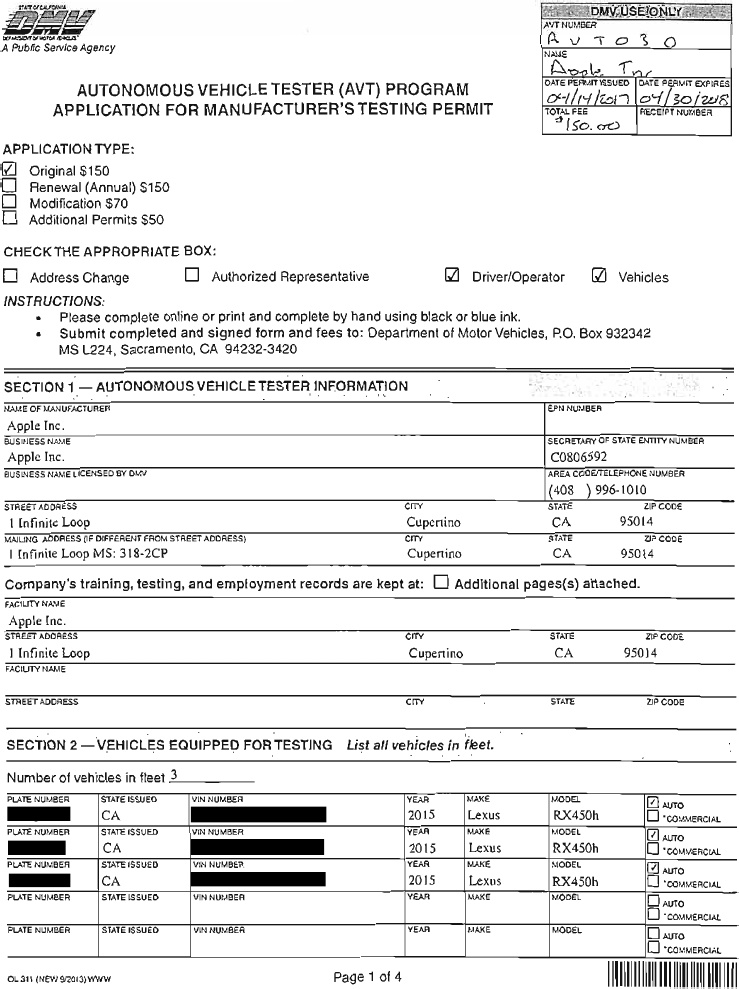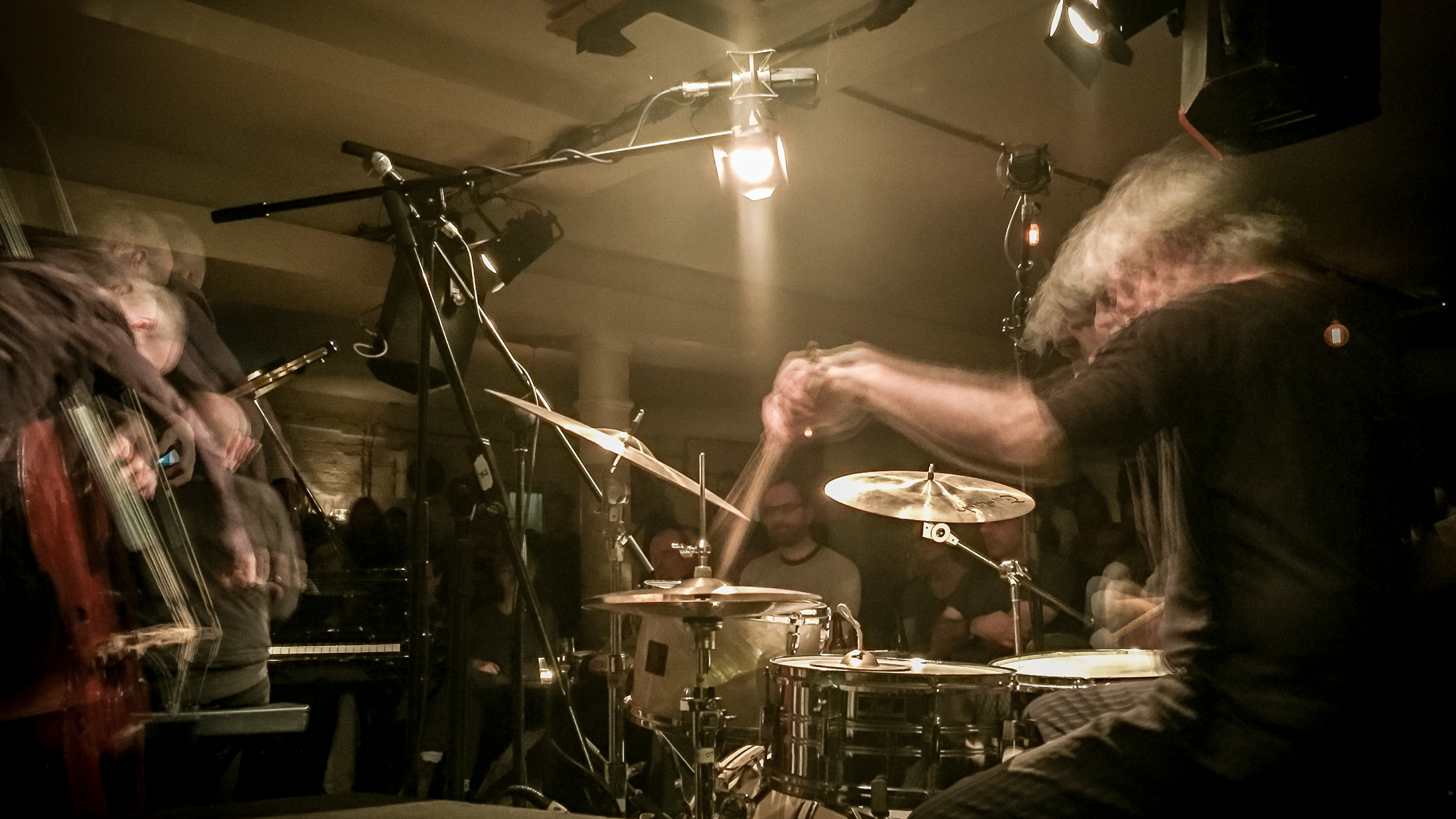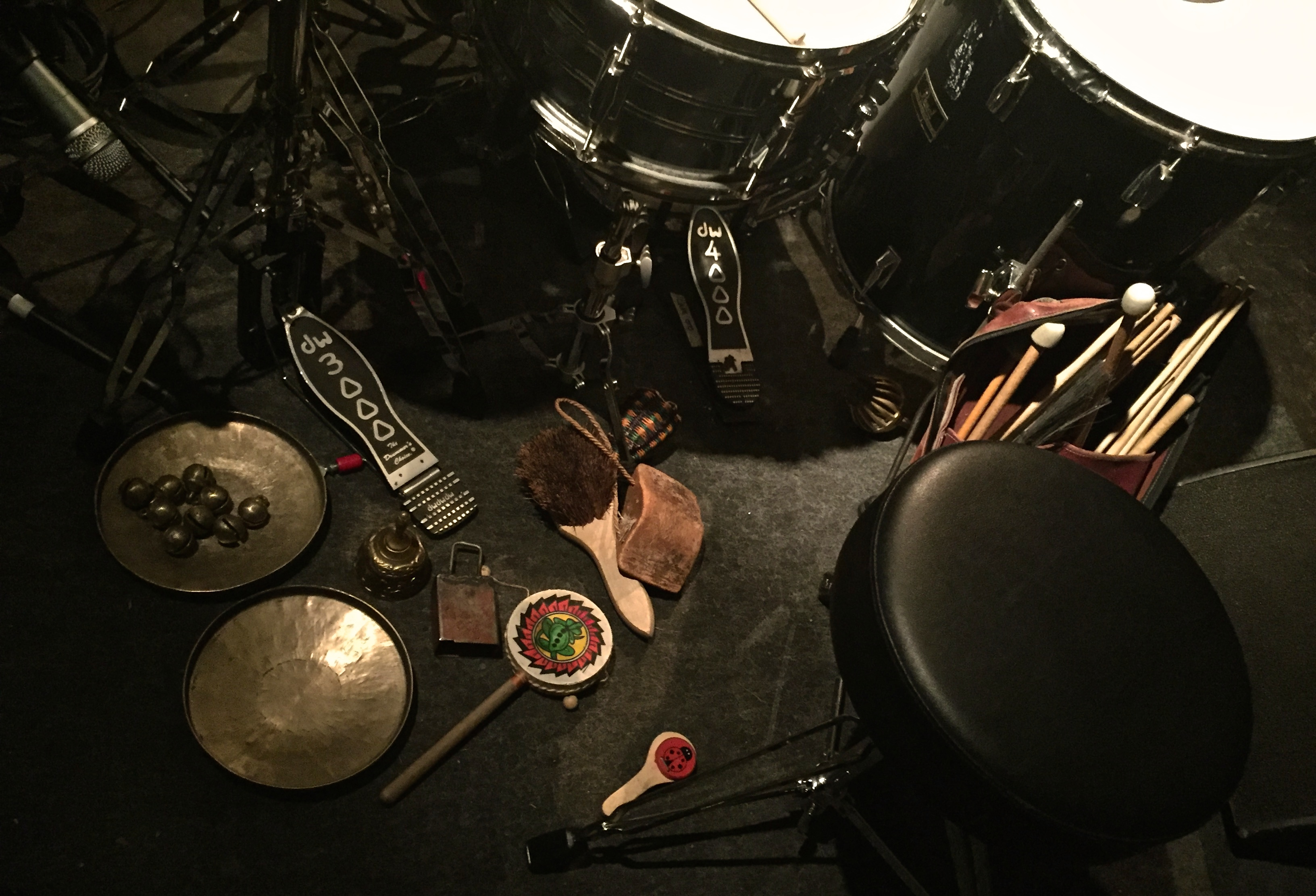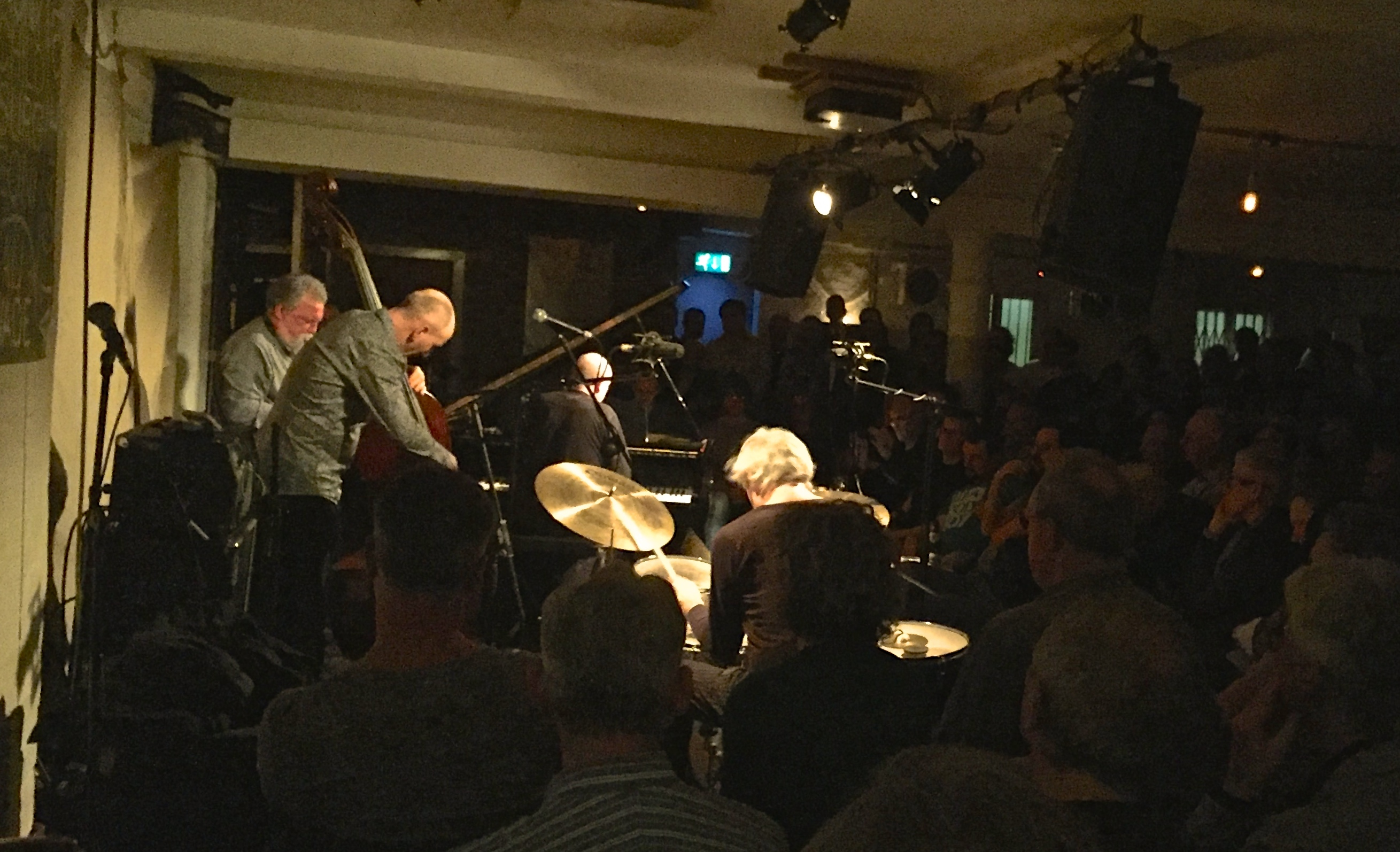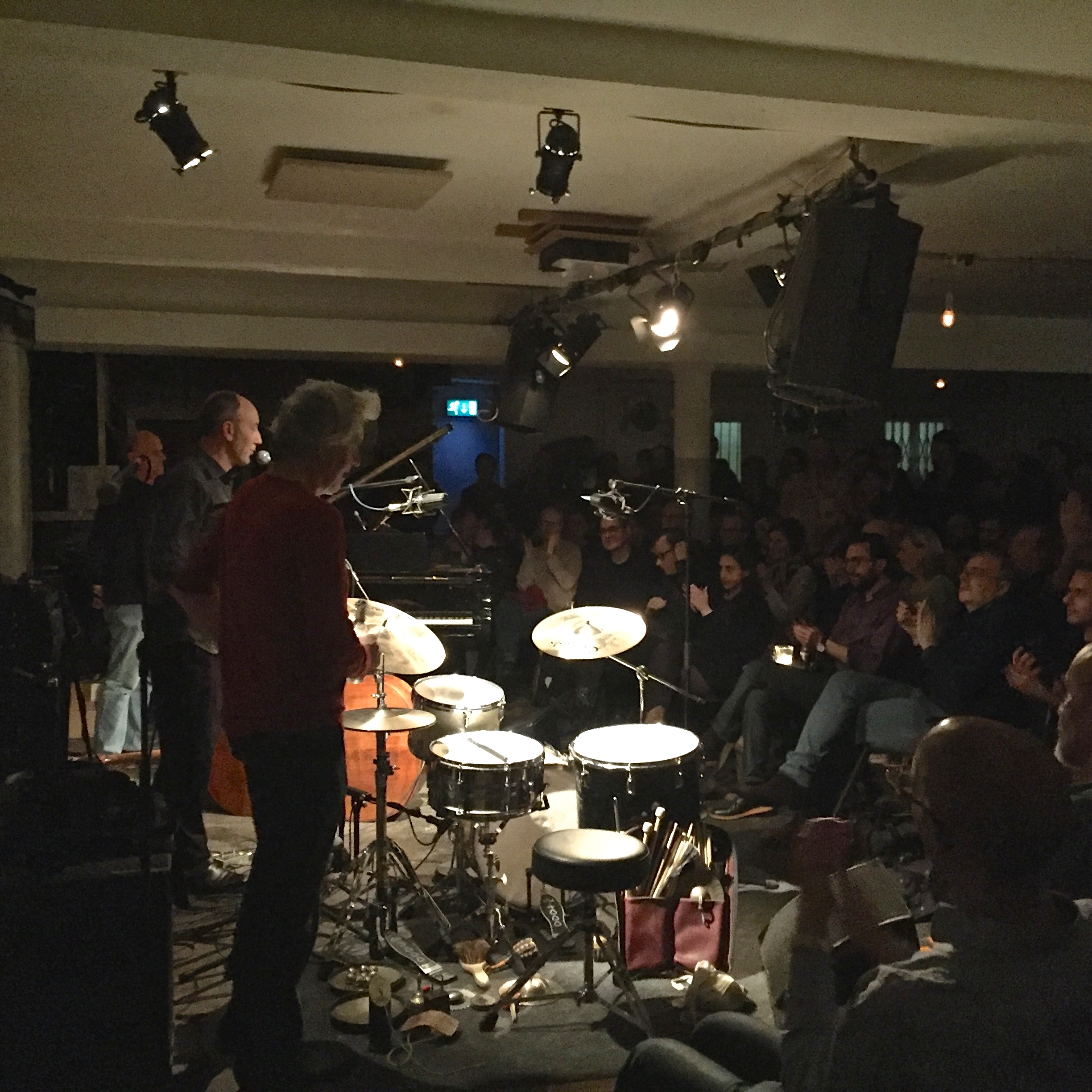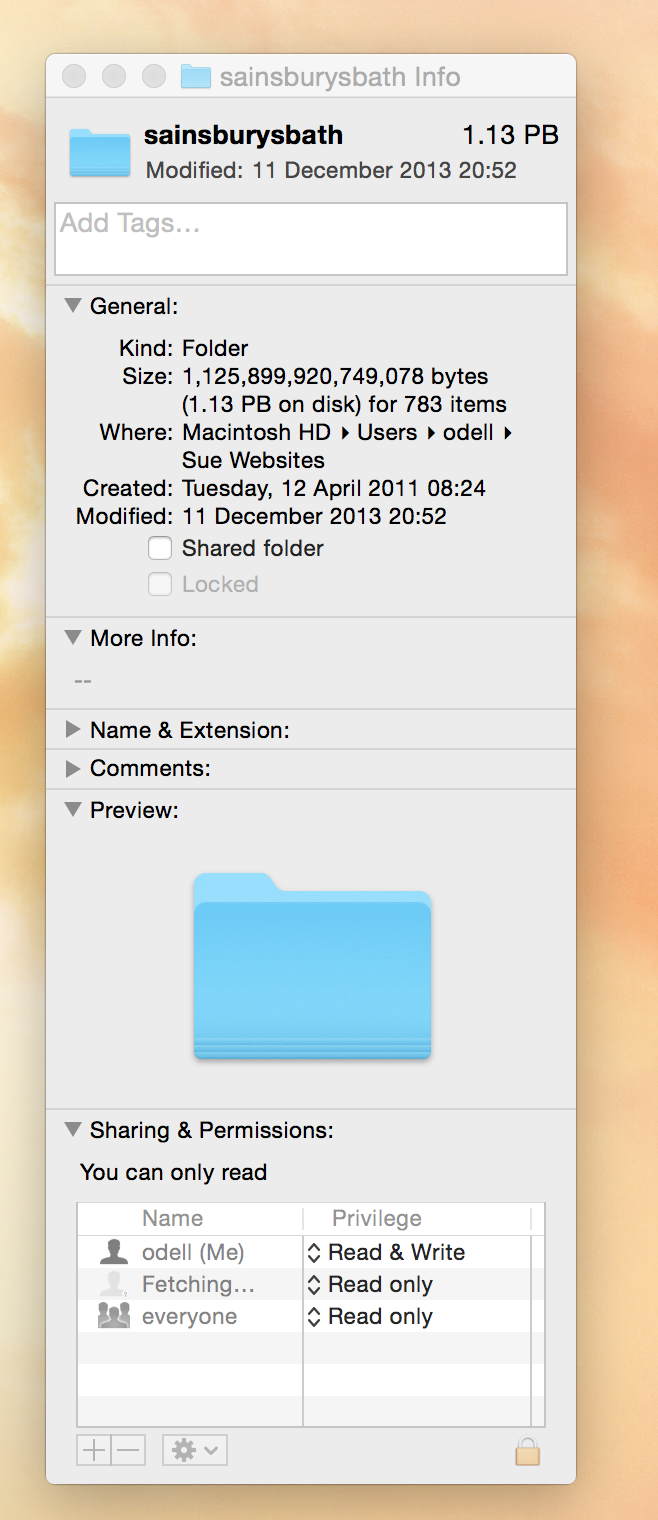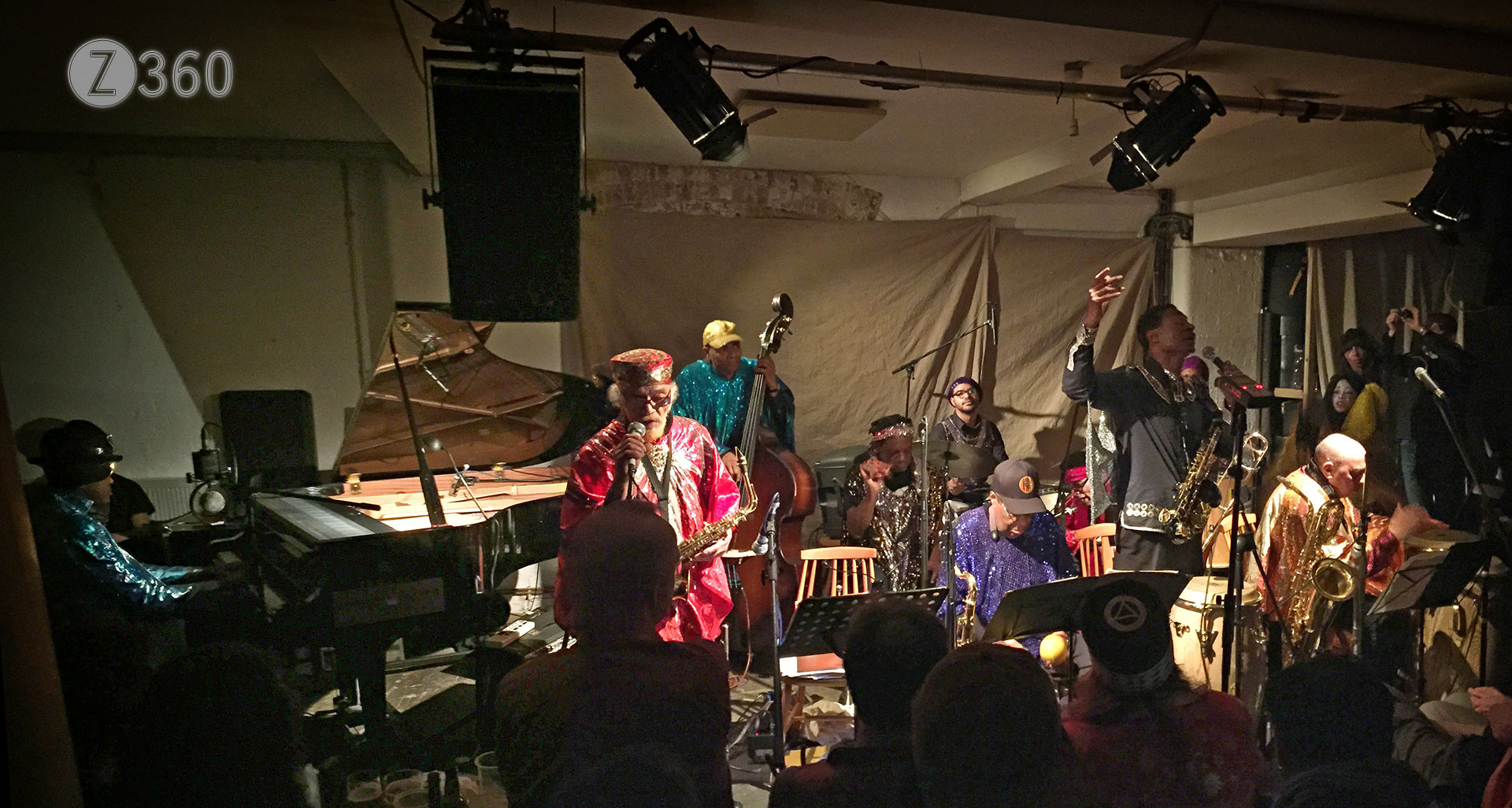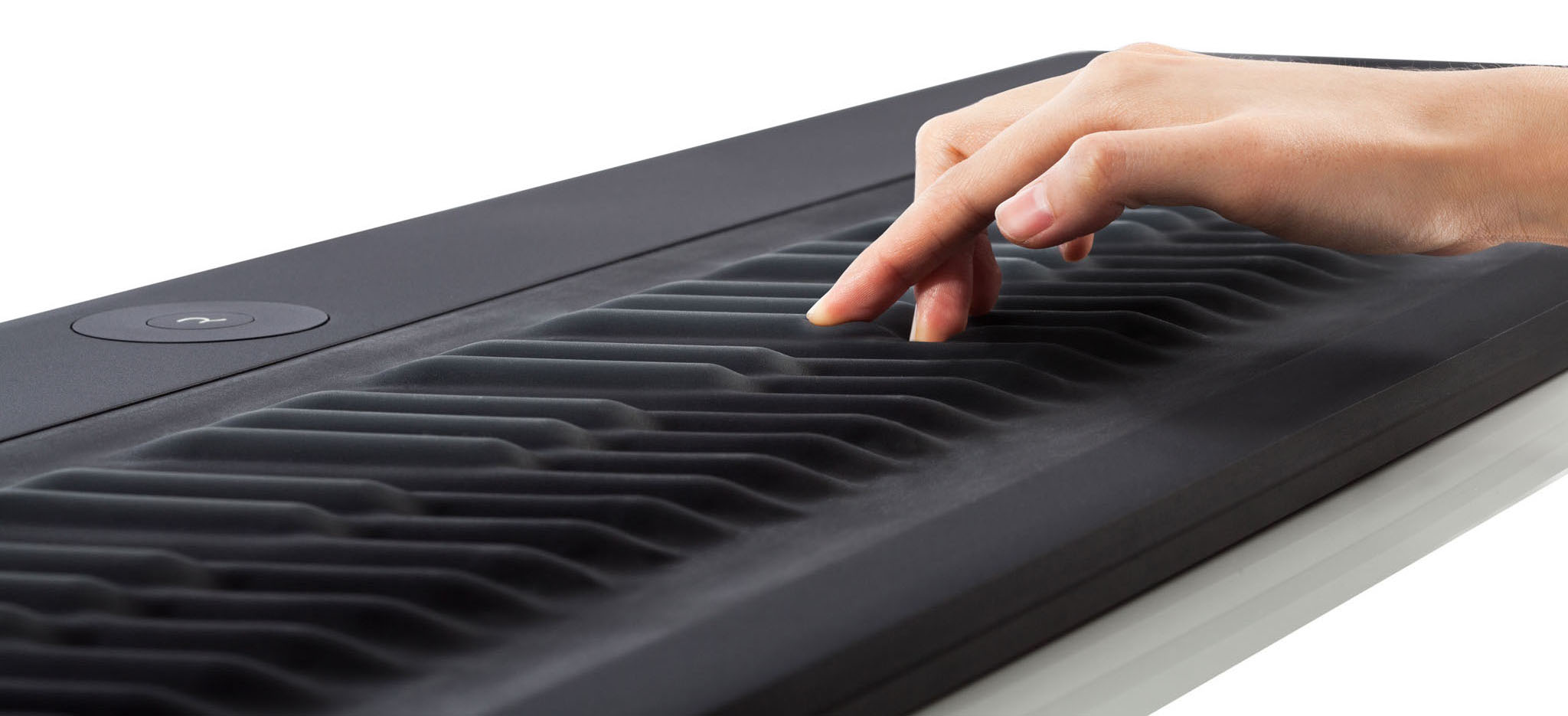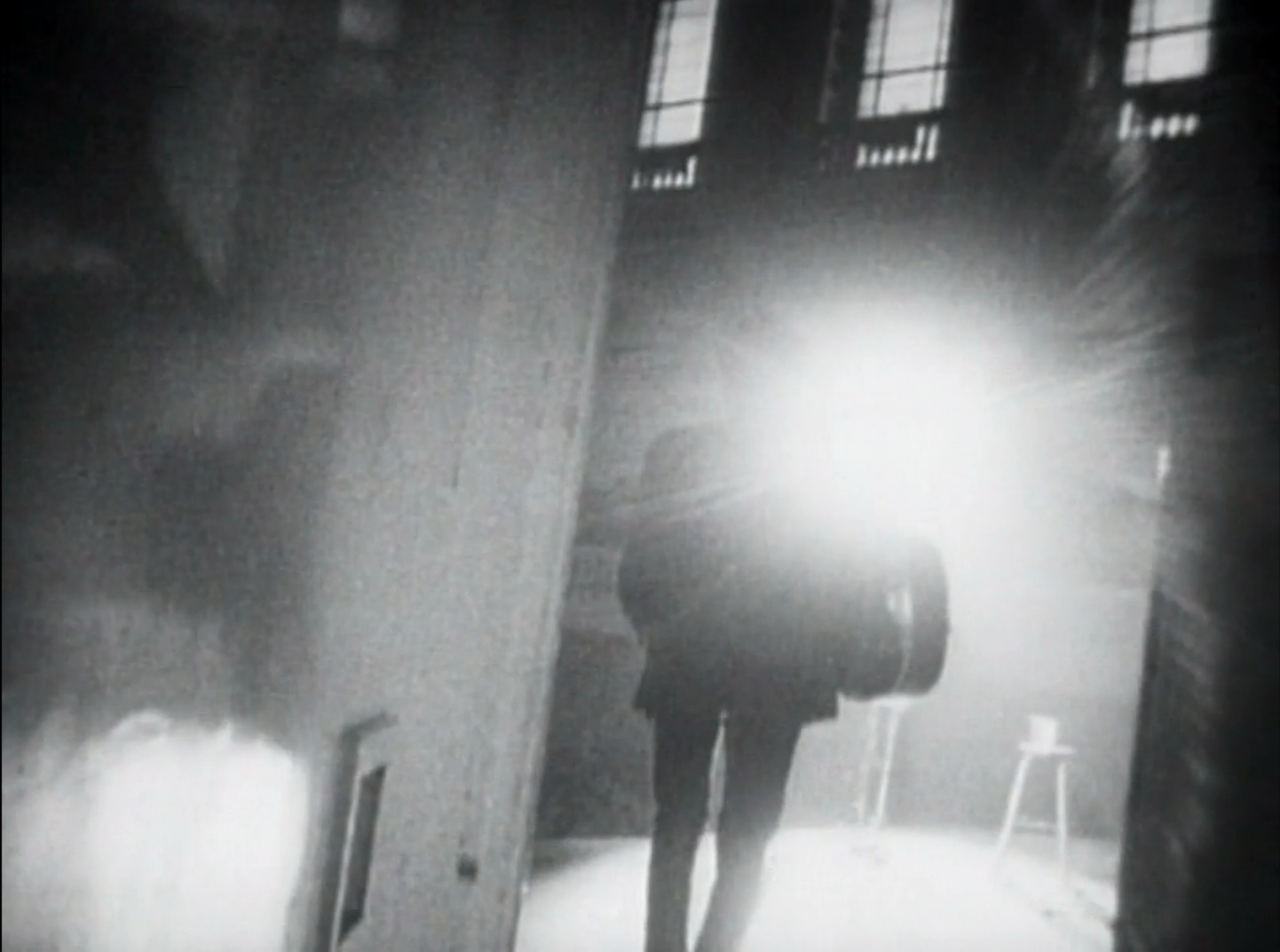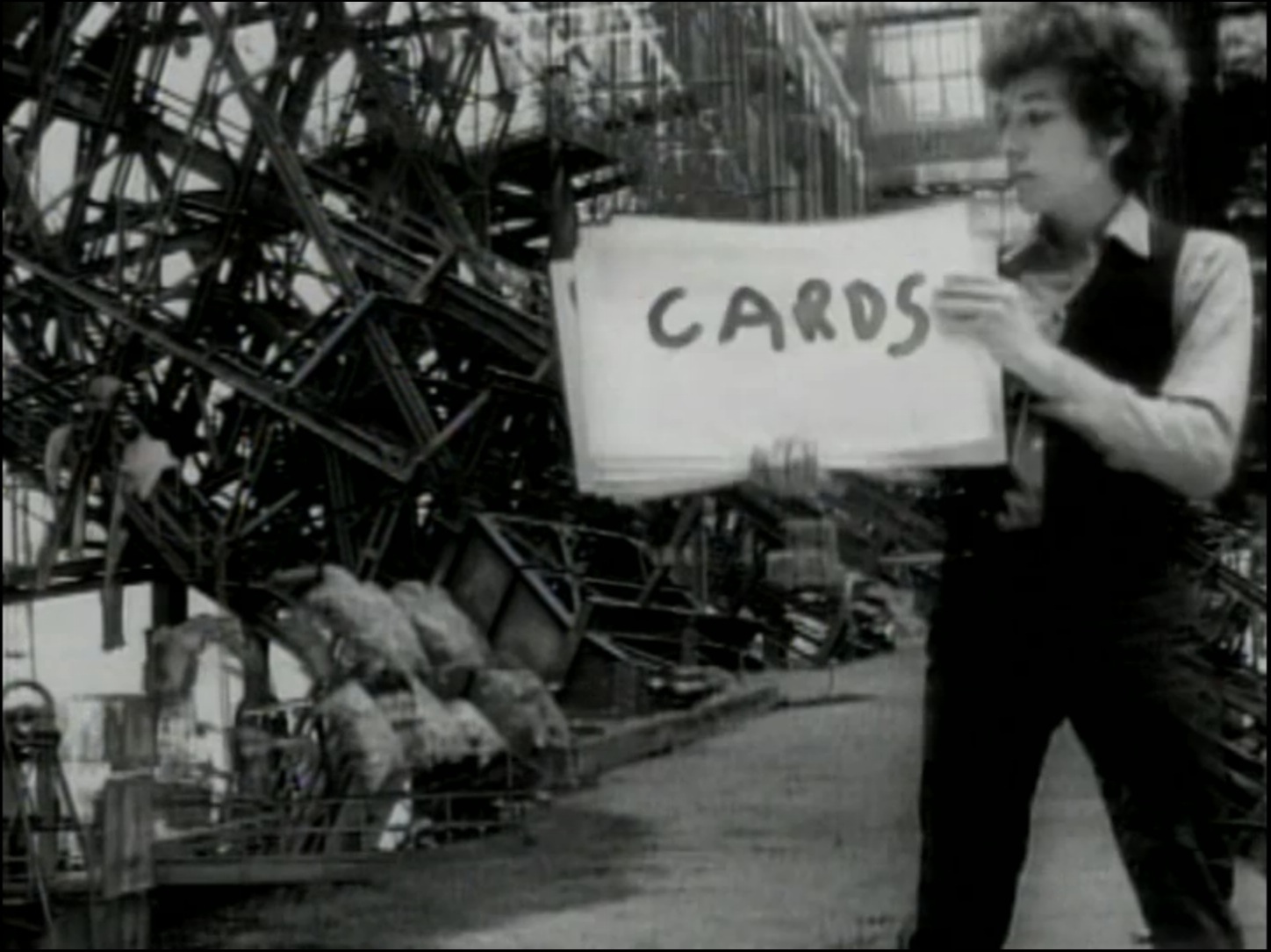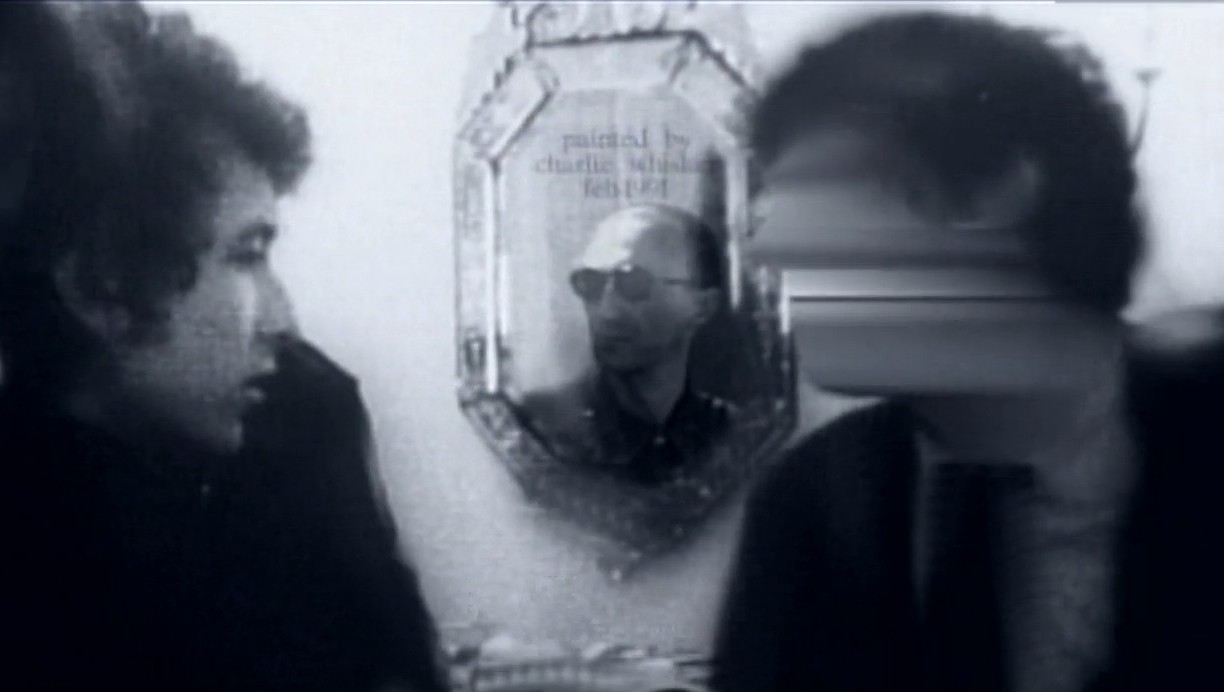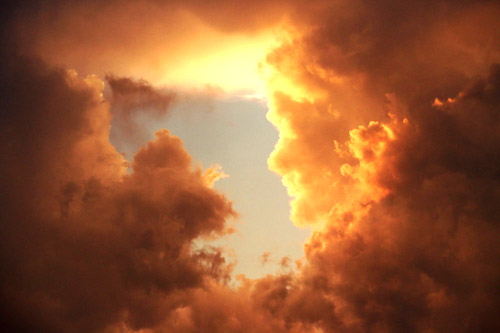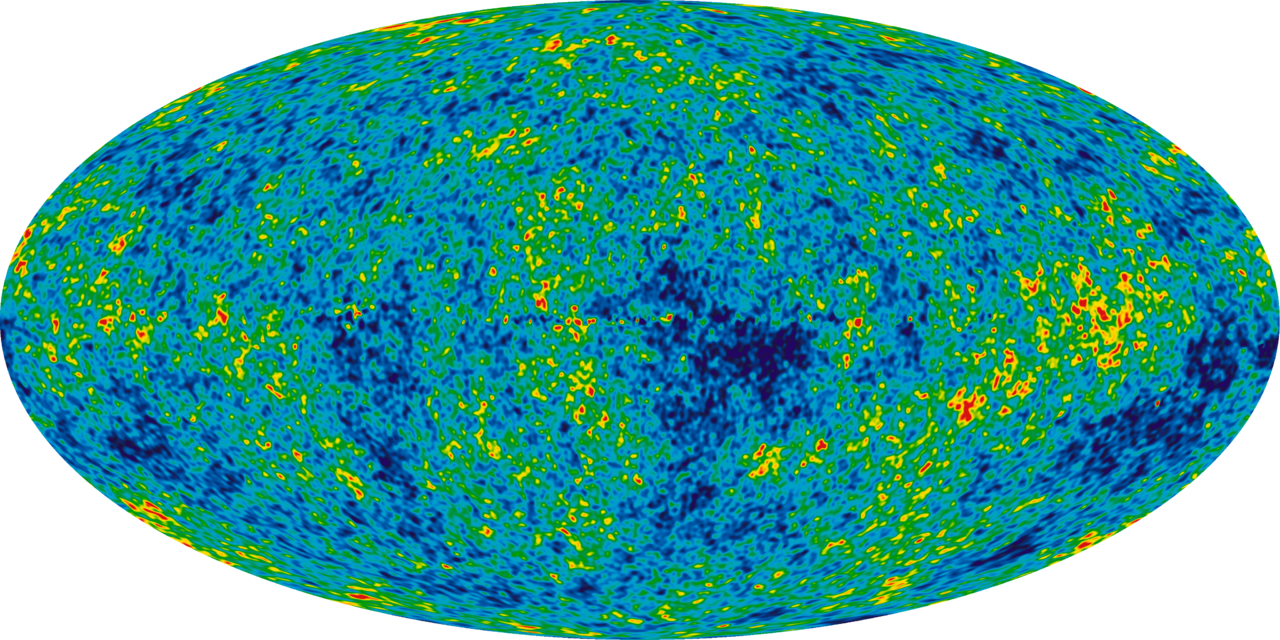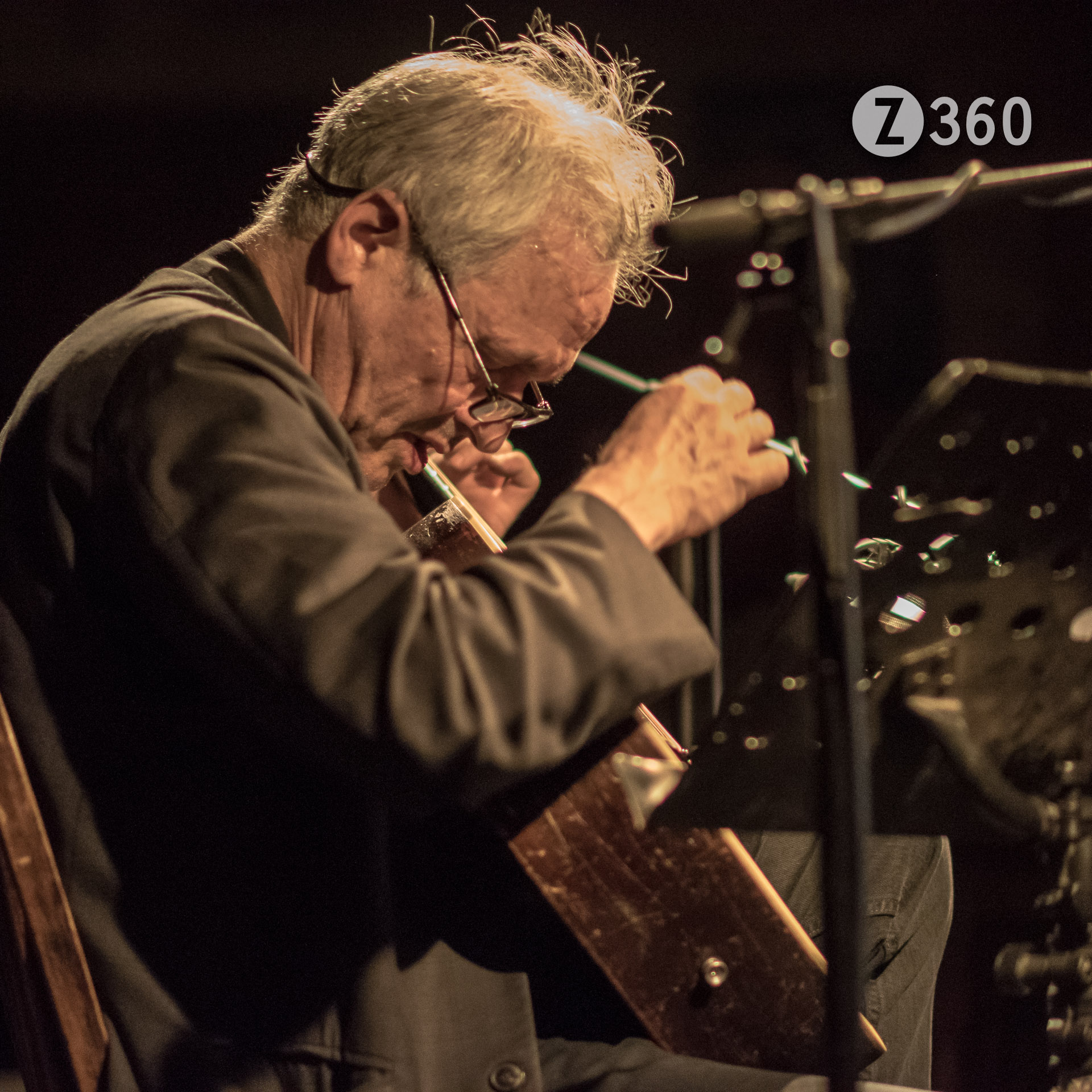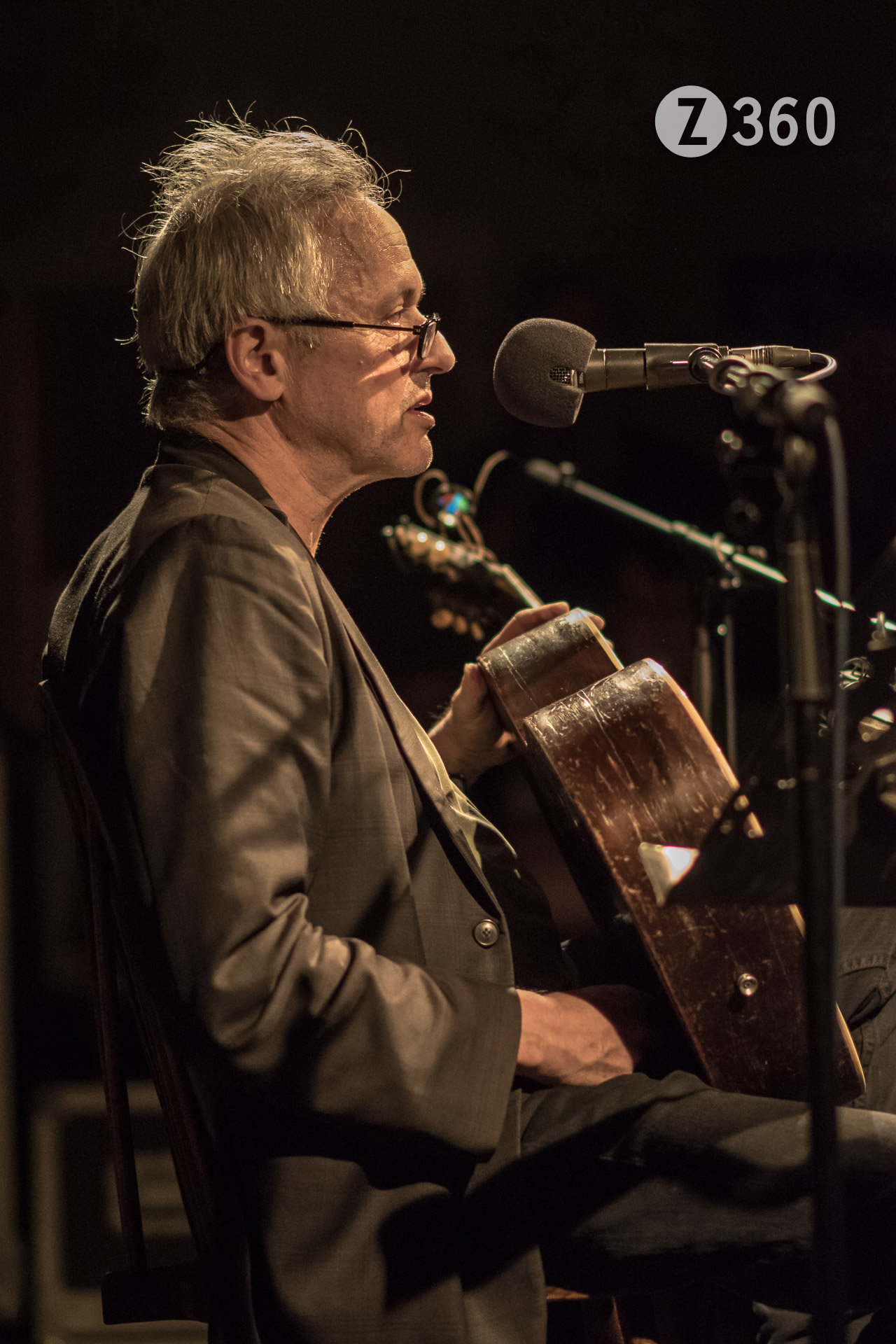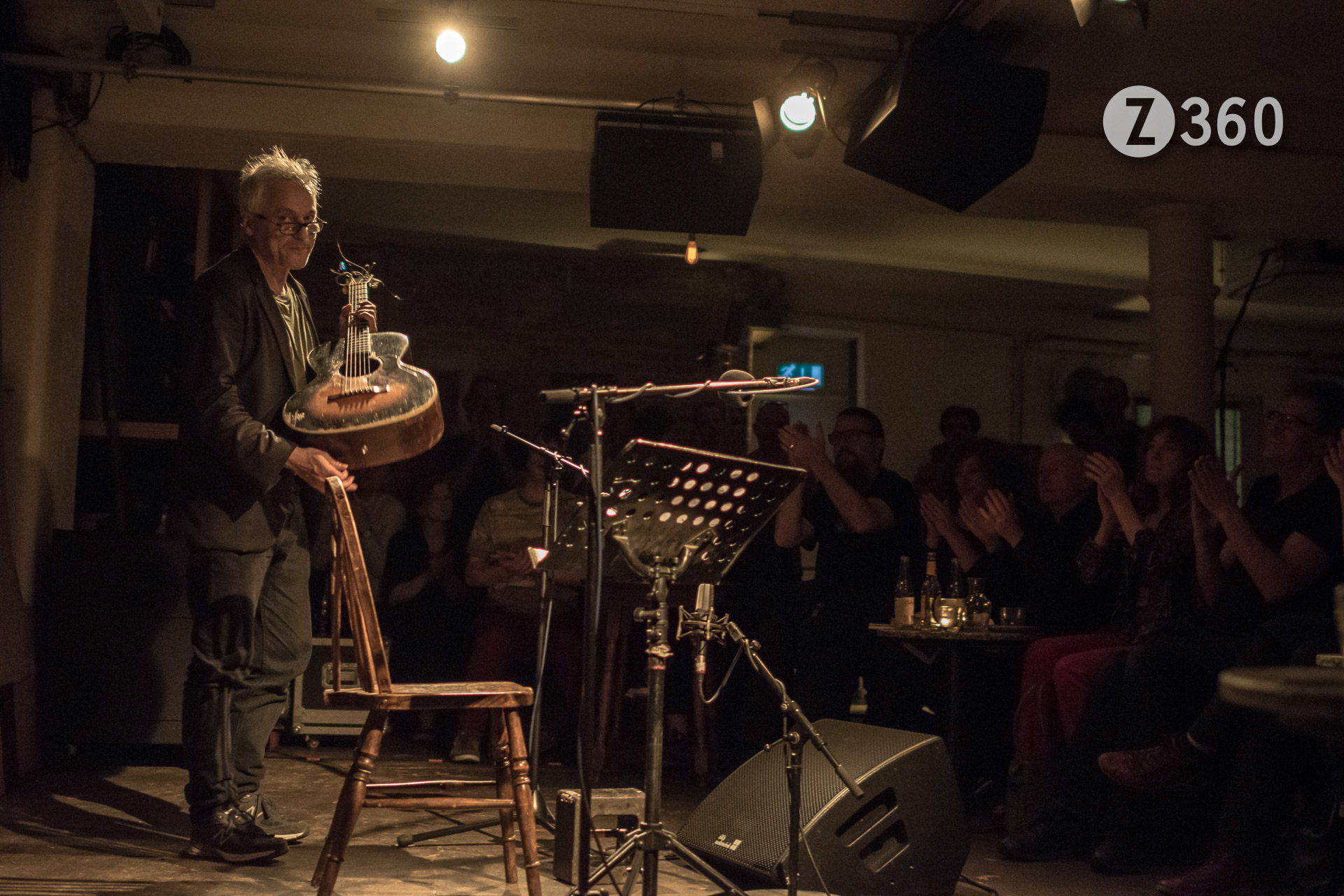Kwaye sings Sweetest Life so put on your dancing shoes now !
Surely the hit of the Summer
And now on the Guardian Front Page
And yes directed by my son Billy Boyd Cape
***
You cannot kill an ideology with a gun
Prosecutor at the Nuremberg Trials Remembers
97-year-old Sgt Benjamin Ferencz, originally from a Jewish family in Transylvania, helped liberate the death camps in Europe, became a chief US prosecutor in the Nuremberg Trials and was instrumental in establishing the International Criminal Court. He is the last surviving prosecutor from the 1947 Nazi Nuremberg Trials.
Following a chance encounter with this inspiring man on the BBC World Service radio programme Hardtalk I have assembled these quotations. He spoke with self effacing honesty, his direct words often laced with a bitter humour.
As he says think about it and act on it.
- I served for three years in the United States Army, in every battle from the Battle of the Bulge to the beaches of Normandy, and I tell you there will never be a war without crimes – never – because warfare itself is the biggest crime of all.
- We were trying to show people how horrible it is if you take a leader who’s very charismatic, and unquestionably follow him, even to murdering little children. These were educated people; one was a father of five children. They were not all wild beasts with horns.
- These were patriots trying to do their duty to protect either their religion, their nationality or their economic security.
- They wanted to brag about how many they killed.
- War makes mass murderers out of otherwise decent people.
- Hell would be paradise, compared to what I saw.
- I never tried to do justice in the broad sense of holding every criminal accountable, it would have been a practical impossibility.
- Vengeance is not our goal.
- We have not learnt the lessons of Nuremberg.
- The most powerful nations of the world are not yet ready to surrender what they perceive as a sovereign right to use whatever means they perceive to be necessary in order to protect their own interests as they see them.
- No politician appears without his flags flying.
- For centuries we have glorified warmaking.
- We have not learnt that you cannot kill an ideology with a gun.
- Use of armed force to obtain a political goal should be condemned as an international and a national crime.
- The world has changed, we’re not throwing rocks anymore, we’re gonna kill everybody.
- Think of all the money we are wasting on preserving the outdated nuclear weapons, which nobody knows what to do with and which are obsolete.
- My general reasoning is that the world is a small planet. We must share the resources on this planet, so that everyone can live in peace and human dignity, and it can be done. The recognition that we have to move as a unit gave us the EU, it gave us the US, 50 states with very differing opinions. Most wars are fought against another group, the ‘other’. When you are a part of the other, you’re less inclined to attack it.
- Law is always better than war.
- Law must apply equally to everyone.
- The re-education of the human spirit on a worldwide basis is the task before us, and we are doing it.
- Fundamental things such as colonialism and slavery, the rights of women, the emancipation of sex, landing on the moon, these were inconceivable not long ago. But miracles can be performed.
References
Ben Ferencz Website
Wikipedia
The Guardian Interview
BBC Hardtalk
Tim “Dongles” Cook
Can’t Leave London : The Jazz Clubs
I am writing this In Memoriam to Jazz at The Oxford, my local jazz club in Kentish Town, London. It happened on a Monday (when nothing happens) upstairs at a local pub for 12 years and was like having Ronnie Scott’s just down the road, but much cheaper, more relaxed and more personal. It was run by George Crowley, an excellent saxophonist in his own right, often playing with the guests and of course when the guests couldn’t make it.
While it started off as often too full of student alumni, it only cost £5 and every so often someone of the calibre of Shabaka Hutchings would turn up. Great nights included someone transporting a full size Hammond organ up the stairs, big bands such as Crocodile outnumbering the audience and of course musicians of the quality of Jeff Williams, Laura Jurd, Martyn Speake and Kit Downes. I will be missing this…on occasional Fridays some of these musicians may appear at the Con Cellar Bar aka The Constitution on the canal in Camden.
Meanwhile the amazing Cafe Oto in Dalston, now the UK home of Sun Ra, continues to plough its unique furrow through nearly any kind of modern music as inspired by Wire magazine. A staggering number of amazing concerts with the cream of British avant garde jazz as well as luminaries from many international genres.
The sackcloth backdrop which looks like a temporary rebuilding memento is still there as is the relaxed and concentrated vibe which draws in performers as varied as The Necks, Annette Peacock, Jimi Tenor, Marc Ribot and The Thing. There is no stage, we are one. Just so you know – I’m a Member!
Across the road is one of London’s most famous and established jazz clubs, The Vortex.
While presenting an excellent cross section of soul and avant garde jazz, I have always found the room a little bit too concrete and dry after it moved from its original location, a funky, wooden and crazy place in Stoke Newington Church Street, which for a few years until 2004 was definitely the best jazz venue in London. Thank you Billy Jenkins for some great nights there. Also of note is the funky Servant Jazz Quarters round the corner. Meanwhile just south of the River, an important new improvised venue opened recently called iklectik, set in hidden arty gardens in Lambeth and I would recommend discovering the Horse Party. Just don’t tell the Archbishop.
This article is also inspired by a recent visit to the venerable Jazz Cafe, just off Camden High Street. After becoming one of the key venues for New British Jazz in the late 80s, the tiny L shaped wine bar in Stoke Newington Green expanded to a large venue in Camden and has recently been refurbished as a full on night club, featuring jazz. The main floor is open with a restaurant of sorts on the balcony and this works well for funkier outfits, such as Bill Evans who I saw there only this week. Seen some great gigs here such as the Paul Motion Trio (see above), Nils Petter Molvaer and Pharaoh Saunders.
Talking of L shaped rooms the L in the Flim Flam venue at Ryans Bar, again in Stoke Newington Church Street, has been removed after refurbishment. This venue is run by Alan Wilkinson, a free sax improviser of long standing and on Wednesdays presents the best of improvised music with an eclectic lineup of the famous and crazy in nearly equal measures.
For more varied musical fare there is the Fiddlers Elbow just outside the Camden Market tourist trap area, presenting live music every night. The main pub room is kinda pentagonal, with a dance floor.
A mention for a few others such as the 606 in Chelsea, allegedly a members supper club, but which presents British jazz and soul in an atmospheric candle-lit cellar. In Soho there is Pizza Express and of course the famous Ronnie Scott’s, both also a bit supper club these days. Ronnie’s does attract some outstanding acts, often American, due to being established over 50 years ago by a very funny and excellent saxophone player. Great nights here have included Art Pepper, Airto, Stacey Kent and of course Nina Simone. Also recommended in Central London is the celebrated 100 Club in Oxford Street, still surviving after many years. Vividly remember gurning at Slim Gaillard here for a couple of hours and grooving to the late Tommy Chase Quartet.
A good standby in town is the Ain’t Nothin But Blues Bar in Kingly Street, which does what it says on the tin 7 nights a week. Further East is the Village Underground, a cavernous venue under huge railway arches for Shoreditch hipsters who don’t like sitting down. Primarily a dance/pop venue it occasionally features jazz acts such as Snarky Puppy. The nearby Rich Mix in Bethnal Green has a more varied World music programme, but I am pleased to see James Blood Ulmer is appearing there soon, last seen at Cafe Oto.
Finally a big favourite is Boat-Ting, allegedly London’s hottest new music and poetry club, although after 14 years it’s not that new. Hosted by livewire Sybil Madrigal it regularly features NEW – with Britains best drummer, Steve Noble, powerhouse double bassist John Edwards and the virtuoso guitarist Alex Ward. Best of all this is a jazz club on a boat on the Thames, feel the waves like nowhere else..
So where else in the world could I stand 3 feet away from a world class musician on a regular basis? Answers on a postcard, maybe from New York.
Nearly all these places are dirty, cheap, relaxed, and half full some of the time.
You can find some more proper pics of some of these places at Z360 Live Music
Flim Flam, Ryans Bar Stoke Newington
Boat-Ting, Embankment The Thames
R.I.P. The Bull and Gate, Kentish Town. The Spitz, Spitalfields. The 12 Bar Club, Tin Pan Alley Denmark Street. The Red Rose, Finsbury Park. The Adelaide, Belsize Park. The Mean Fiddler, Harlesden. The original Marquee, Wardour Street Soho. The Moonlight aka Klooks Kleek, West Hampstead.
And don’t forget The Klinker wherever it is…
Update February 2019
Jazz is now back on upstairs at The Oxford, Kentish Town. George Crowley is no longer running the evening, but he was featured there recently and it was a great pleasure to see him destroying the “standard” he was requested to play.
The Destruction of the Tories
They split themselves
They insulted each other
They divided the Country
They fractured the Union
They tore the heart out of Europe
They followed a Farage
The Impoverishment continues
Oh Little England Shire
Adrift from The World
Who needs friends
With Boris as Captain
There will be more red faces
History will revile them
Black Friday until then
4am Friday 24 June 2016
Postscript
Barely 4 months later :
Postscript 2
04/12/18. Nigel Farage quits the UK Independence party, which has no Members of Parliament and received less than 2% of the popular vote at the 2017 election.
Postscript 3
23/07/19. After three years of futile and meaningless goverment Boris is finally the Captain as I predicted. His betrayal of David Cameron must all seem worth it.
Back Where We Started
Why Apple Is Now Apple Car
The Apple electric car project, codenamed “Titan”, is undergoing research and development. It is rumored a substantial number of Apple employees are working on this project. That’ll probably be too many for me…
Tesla Motors CEO Elon Musk stated that Apple will probably make a compelling electric car: “It’s pretty hard to hide something if you hire over a thousand engineers to do it”
 So why is Apple now a Car Company and not a Computer Company ?
So why is Apple now a Car Company and not a Computer Company ?
Simple: They removed Computer from their name in 2007.
Unfortunately the corollary of this is that Apple Computer users are suffering from a lack of true innovation, hardware no longer updated, software full of bugs and vapid cosmetic changes. Apple are no longer making cutting edge computers, they won the battle to become the world’s biggest company and have since become distracted and complacent, their eyes on bigger and more useless things.
So they may have lovely shops selling computers, but consider this:
- No Pro computer available for over a year 2013-2014
- No new Display Monitor since 2011
- The current Mac Mini is much slower than the previous model
- Still selling computers with slow Hard Disks while the system is designed for SSD
- An obsession with making thinner, but slower computers
- 2 Year old systems (Mavericks) no longer fully supported
- No Thunderbolt 3, now available on Acer, Lenovo and HP laptops (March 2016)
- Dell and Samsung Computers much faster and cheaper
- As PC World says “the Mac Pro is an iPhone 4 in an iPhone 6s world”
- Oculus Rift headset will only be available on OSX if Apple release a “good computer”
- Computers you can’t upgrade or fix
Forgetting that software is for life, not just for Christmas, Apple have withdrawn the following products in the last few years:
- Aperture
- iPhoto
- Quicktime 7 Pro
- Quicktime VR – silent update in a hidden folder finally kills it
- iDVD
- iWeb
- iChat
- iMovie HD
- Final Cut Pro Studio – withdrawn overnight
- Front Row
- Ping
- Cover Flow
- Rosetta
- Mobile Me
In addition iWork was “dumbed down” to iOS level and Disk Utility no longer burns disks or makes RAID volumes. In particularly, R.I.P. Aperture – millions of man hours wasted.
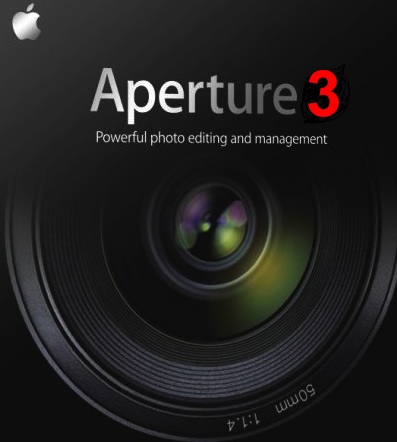
With more than 200 new features and enhancements, it can help you take your photography to the next level. Errr not now…
Apple produce a new system every year but most changes have been cosmetic and confusing, apparently out of a desire to unify OSX and iOS. These new systems have been making changes for the sake of it, removing capabilities, destroying older software and are not faster. Meanwhile a slew of bugs proliferate and important underlying issues are not addressed, while Human Interface Guidelines are ignored. This is a long list…
Recently in El Capitan OSX v10.11:
- Continuing Finder Errors copying and moving files
- USB3 code rewritten for no apparent reason, now full of incompatibilities
- Unable to change bright turquoise folders or grey sidebar
- Unable to stop Photos opening
- Unable to remove Games and other apps
- Mail causing people to lose data
- Gatekeeper fooled by a faked certificate
- Being forced to sign into the App Store or iCloud to use apps
- Constant incomprehensible internet calls to Apple – for apps you have never used
- Requirement to use Terminal to make computer usable
- Silent updates which kill your computer – latest was ethernet bug
- OS X Installers Downloaded Prior to February 14 2016 No Longer Work
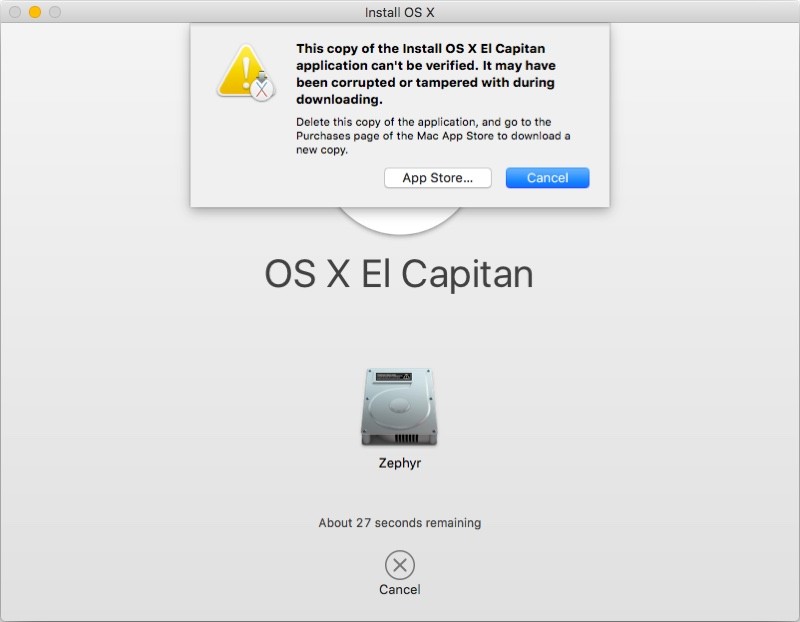
This is the incomprehensible message you receive from Apple when trying to use one of their own installers. There is nothing wrong except Apple mis-management of Certificates.
And for the last 5 years since Snow Leopard OSX v10.6.8 issues have proliferated:
- Save As removed for some apps – now 2 entirely different Save paradigms in OSX
- Documents being Date Modified by the Finder without user input
- Folders unable to remember how you last viewed them
- iCloud – Not even Apple can explain what it is doing with your data
- iTunes – A design quagmire aka shop front which replaces your data with theirs
- Disk Utility incapable of fixing disks and making a new Disk Directory
- AirPrint and Airdrop don’t work for anyone I know
- Bookmarks and Contacts forced to use iCloud
- mDNSResponder replaced by discoveryd, then replaced by mDNSResponder
- We are still ejecting drives by dragging them to the Trash as if deleting them
- Hidden and Incomprehensible Buttons e.g. the x in iTunes opens the window
- Nannying the User by hiding and locking folders
- Missing software in the App Store
- Security Updates casually removing usability
- Silently “upgrading” drives to core storage – not readable by older systems
- Disks you can’t eject, Trash you can’t empty, because they are being “used”
- A Search function which doesn’t find everything and has no preferences
- Unable to stop upgrade Notifications
- Malware detection not updated for older systems
- Software rush released when unfinished e.g. Photos, FCPX, Tags
- Issues with multiple monitors, perhaps fixed now
- No CUDA support, no 10-bit video card drivers
- Enforced system and app updates
- Apple Discussions are now unusable aka “There’s less to the conversation..”
- Removal of Help Pages and Undocumented Changes
I hope this list makes chastening reading for Eddy Cue and Craig Federighi, 2 Apple Executives who recently claimed software quality has improved significantly over the course of the last five years. Complacency never looks good.

A silent auto-update by Apple requires use of Terminal to fix their self-inflicted problem, but of course now you can’t access the internet to find out how !
The last thing we need now is for Apple to forget their DNA, their raison d’être: better, faster, more efficient, more usable computers.
There are myriad car makers, there is only one Apple Computer.
References:
Mac Performance Guide: Apple Core Rot
Daring Fireball: Apple’s App Problem
Mac Strategy: Upgrading
MacRumors: El Capitan Bugs Forum
MacInTouch
Postscript 20/12/16
Yes it is sadly all true – there is no longer a dedicated Mac operating system team.
How Apple Alienated Mac Loyalists
Postscript 14/04/17
Apple eats Humble Pie and admits neglecting Pro Users
Phil Schiller: Apple cares deeply about the Mac… and if we’ve had a pause in upgrades and updates on that, we’re sorry for that, what happened with the Mac Pro, and we’re going to come out with something great to replace it.
Craig Federighi: In hindsight, we would’ve done that differently. Now we are.
Postscript 01/12/17
Critical “root” security failure in macOS 10.13 High Sierra
The result of Apple re-organizing its software engineering department so there’s no longer a dedicated Mac operating system team was seen in the latest security debacle. In MacOS High Sierra anyone by entering the word “root” and twice entering a blank password could gain full access to any computer, even if using FileVault encryption. This could be accomplished remotely using screen sharing. The magnitude of this error is breathtaking and makes Apple boasts about security into a laughing stock.
While they did promptly issue an update once this issue was publicised on Twitter (several weeks after first being mentioned in an Apple Forum), the update broke file-sharing. They issued an advisory to fix file-sharing using Terminal, incomprehensible to most users.
They updated this broken update. They then proceeded to install the update remotely, but failed to tell people to restart their computer so the update would work.
They also failed to update their system installers, so any user updating their system re-enabled the bug and had to apply the update patches again! Currently the latest MacOS High Sierra system install 10.3.1 contains the root security failure.
Apple said in a statement:
“We greatly regret this error and we apologize to all Mac users. Our customers deserve better. We are auditing our development processes to help prevent this from happening again.”
Postscript 18/06/18
Apple WWDC 2018 with no hardware updates
How long has this been going on?
We are being forced to use out of date machines, yet the older computers are still better than the new ones! A succinct article from Rogue Amoeba states “It’s very difficult to recommend much from the current crop of Macs to customers”, hence they are purchasing old, used Apple computers.
On The Sad State of Macintosh Hardware
I myself am using a 2009 Mac Pro 4.1 modified to 5.1 with a 6 core 3.46ghz processor, OWC PCIe SSD Drive, 8TB RAID 0 storage disk, NVIDIA GeForce GTX 970 4k video card (Metal supported), Orico USB3 card, 24GB ECC Ram, Blu Ray Recorder and DVD Recorder, Firewire 800, dual Ethernet – all internal. It is easily as fast as the current cylindrical 2013 Mac Pro, and much more productive.
Postscript 01/03/24
Finally proven right!
Abandoned $10 billion Apple Car project referred to as ‘Titanic disaster’ by employees.
*
Soul Diva 2015
I am not American, Black, or a Woman, but I could not fail to be moved by this inspired performance of Aretha Franklin. She was singing (You Make Me Feel Like) A Natural Woman by Carole King and Gerry Goffin at the 2015 Kennedy Center Honors.
Moving, because despite the trappings, it appears so spontaneous and genuinely soulful. Aretha starts off simply at the piano, belting out the chords, singing as if not a moment had passed since her original recording back in 1967. Soon she is moving off the rhythm, interpreting, comping and finally testifying, to an audience now on their feet. The 4 minutes seem like an entire concert that builds to a final operatic moment, with the audience in thrall to a true diva.
The atmosphere is heightened by the presence of the songwriter Carole King, who appears both surprised and delighted at this unexpected performance. In the same way the presence of The President and his wife lend the proceedings a gravity and wider meaning, given that back in 1967 America was riven by racial strife, and no-one expected to see a Black President in their lifetime.
~
In one sense, to say that the best vocal performance of 2015 is by a 73 year old of a 50 year old song is a sad reflection on contemporary popular music. Where are the truly memorable new songs? What happened to singing with soul, conviction and meaning? We still need more of that…
PS Original High Quality Video withdrawn, hope this one works !
In the Church of The Necks
The Necks, the Australian jazz trance trio played 4 nights at Cafe Oto November 13th to 16th 2015. Each night they played 2 continuous improvised 50 minute sets to a rapt, reverential and appreciative audience.
To give you some idea of the unique nature of their playing here are my interpretations for each set over the four nights:
Friday 1 – Walking by a river then nearly drowned in the waves
Friday 2 – Scratching around to find the power of Rachmaninov
Saturday 1 – Simple – Building – Hypnotic – Incantatory
Saturday 2 – Birds in an African village later viewed from a huge helicopter
Sunday 1 – The Temple becomes a huge production line that is washed away
Sunday 2 – Starts with a bang and becomes a rhythmic tourbillon
Monday 1 – Millions die when the thunder rolls in
Monday 2 – The old Steamer beaches and is torn to shreds by nanobots
The closest antecedent to their style is the classic 1969 Miles Davis album In A Silent Way which summons a similar ever unfolding rhythm which develops slowly and organically to a quasi religious moment of trumpet satori. However The Necks have taken this template (which was in fact assembled by Miles and Teo Macero from studio edits) and created a unique assemblage incorporating nearly every form of modern music using the simplest of acoustic instruments – piano, bass and drums, to create improvised symphonies. It all seems to start so simply with a repeated loop of percussive sound which slowly builds, but before long you can hear an organ in the repeating changes, there is a sheet of electronic chatter, someone is shouting in a storm, the drums are obviously on a loop, the piano is an automaton…none of which is true. You are actually hearing classical piano, elements of Gamelan, the airport music of Eno, the systems music of Reich and Glass, the trance of The Orb, the chaos of Punk, the ear worms of Pop and the repetitive beats of EDM all working to a new maxim.
25 Second Timelapse movie of The Necks
The three members of The Necks arrive without pretension. Chris Abrahams the pianist is the artist lost in his own romantic motorik world, barely looking away from the keys. Lloyd Swanton the bassist is the businessman, looking sharp centre stage and taking care of the sparse announcements. Tony Buck the drummer is the hippy muso playing polyrythmically with his ethnographic percussion set. They are all leaders.
On the fourth night The Necks were joined by the legendary British free saxophonist Evan Parker. Their first set was the worst of the residency with Parkers squalling circular sax dominating in a much too saxophonic kind of way. Maybe words were said, but the second set was a revelation with the piano archly echoing the long lines of the sax which became just part of the movement and flux. It was over before we knew.
Thank You and Good Night to The Necks…
Ai Weiwei Iron Tree 2013
Largest File Ever ! Not !
Yes I found this 1.13 Petabyte file while repairing an iMac
There had been backup problems….
A Petabyte is 1015 (1000000000000000) or a thousand billion bytes to you and me.
If this data were mp3 files it could playback for over 2000 years…
Did not have more than a million gigabyte drives spare, so took alternative action.
After some grief, the disk was repaired and the data (c.250mb) recovered.
Sun Ra at Cafe Oto 24/11/14
Once again the Sun Ra Arkestra led by the dynamic 90 year old Marshall Allen graced the intimate confines of Cafe Oto with their vibrant presence. This was not one of their crazy barnstorming sets, but built slowly and very lyrically to a beautiful and charming moment at the end of the first set with the whole audience, virtually unprompted, chanting “Space is the Place” as the band wandered through them to take a well deserved interval.
A good part of the unique atmosphere of this show came from the commanding musical presence of Farid Barron playing grand piano, singing and unveiling the wonders of the Roli Seaboard. During the gig I could not understand where the new spatial sounds I was hearing emanated from. Of course I knew all about the wondrous use of synths Sun Ra had himself employed, having seen him with his Arkestra at The Venue, Victoria, back in the 80s, but this was something entirely new: both dynamic and luxuriant. There was none of the slight clumsiness and didacticism of the classic electronic keyboard – in fact I could not even see one. No, there was just a beautiful grand piano with what appeared to be 2 keyboards, one of which was taking me somewhere else entirely. If you look at the lo-res photo above you can just make out the light grey stripe (3cm deep) atop the piano, this is a Roli Seaboard GRAND Limited First Edition, with 88 keys which can be stroked, pushed, squeezed and pressed. I started hearing sounds and seeing playing which seemed impossible, but ok this was Sun Ra, so expect the unexpected!
During the second set, orchestrated carefully by Marshall, we had masked dancers, some great sax and EVI (electronic valve instrument) solos, yet the singing and the keyboards seemed to take us back in time to the grace and wonder of a 1930s spaceship, rather than the overheated modern version. This was in fact being accomplished by the unique rubbery and adaptive seaboard which “reimagines the piano keyboard as a soft, continuous surface” and allows “you to sound a note and then take it on a musical journey”. I was indeed transported…
After the gig I congratulated Farid and discovered the secret (and name) of this unique keyboard. It was a prototype made locally in Dalston which he had never seen before the gig and had only one hour to rehearse with. More information was forthcoming from one of the Roli technical team who was carefully putting away the seaboard, and yes this does indeed appear to be a revolutionary instrument which they intend to be a multi purpose interface with many different applications for music, gaming, you name it!
~
Meanwhile here’s the Arkestra in full infra swing at Cafe Oto in 2011 with an old synth
And an even older panorama at Cafe Oto on the actual Sun Ra website here
~
Scrolling Music Notation Player
This scrolling music player will automatically scroll when the cursor is placed on the right (or left) hand side, and will pause with the cursor in the centre.
The speed is relative to the cursor placement and can be finely controlled.
Requires Flash for full control, but will play in HTML5 without auto scroll.
Right click or control click for a proper fullscreen experience.
To stop any jerkiness play through entire score before usage.
~
This Player was developed in conjunction with the Conductor John Landor. You can see it being used here at a rehearsal in St Martin Kentish Town, Gospel Oak, London.
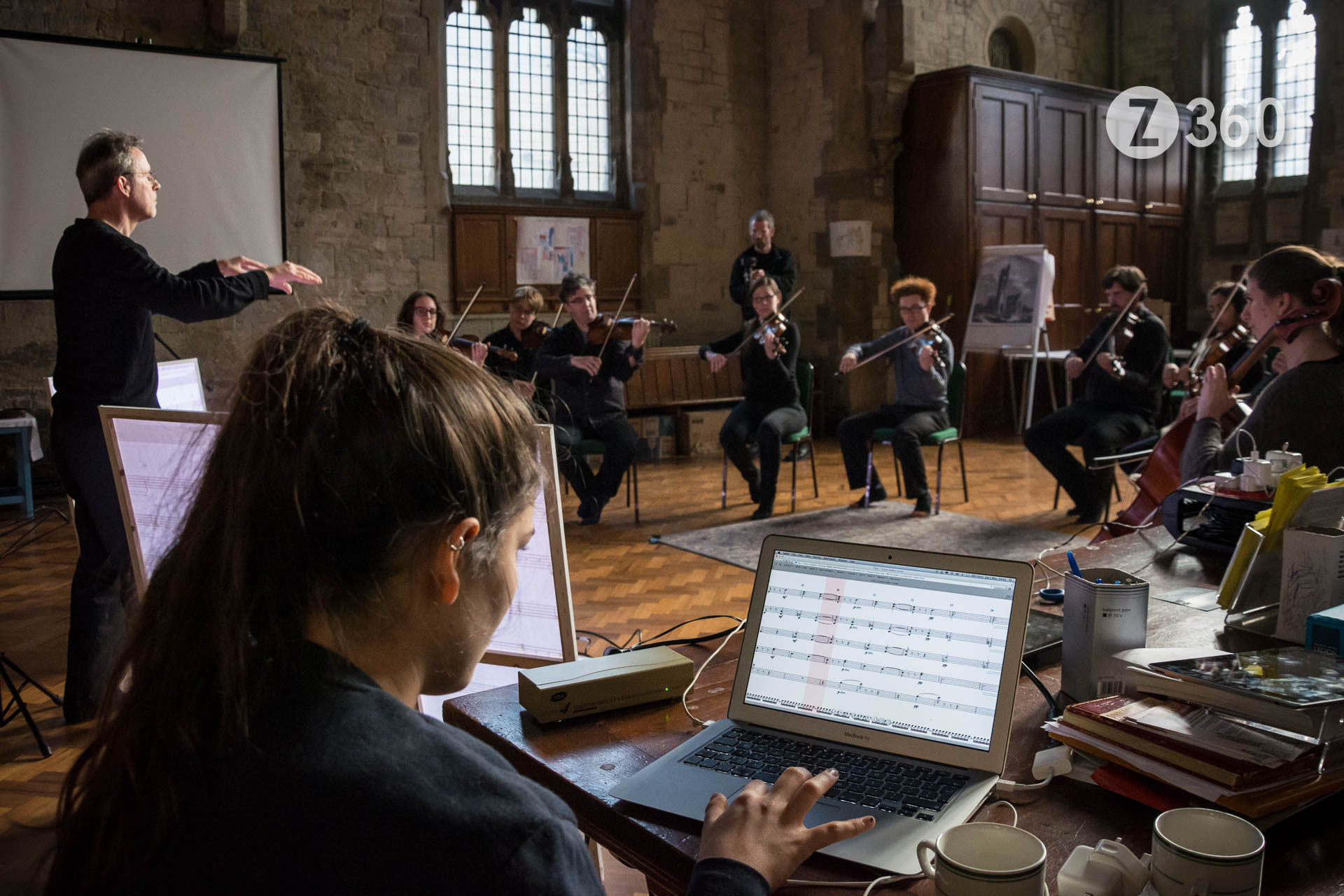
The musicians no longer need music stands as the scrolling music is projected onto moveable screens, here we are experimenting with 3 different screens.
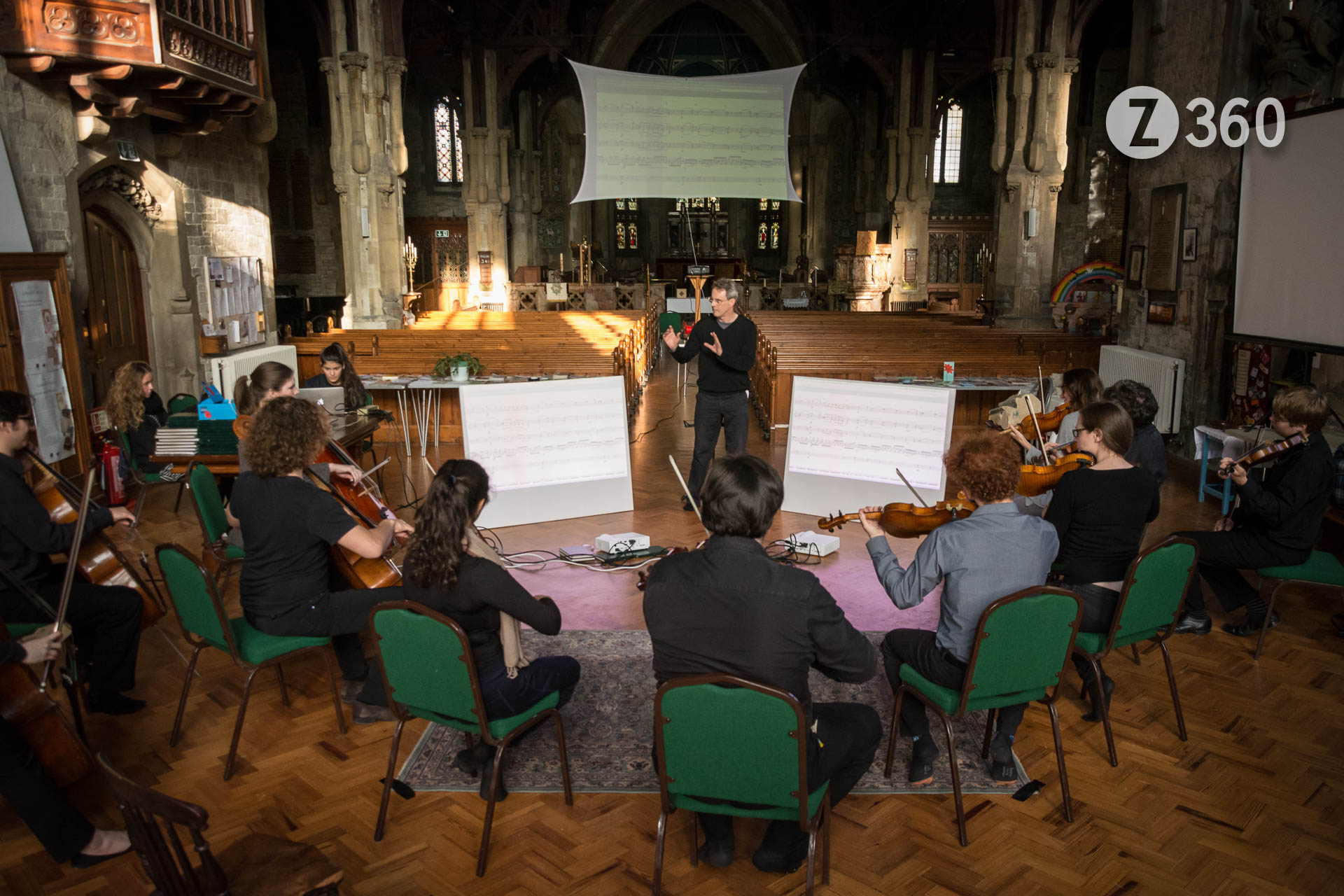
Potentially this allows free movement by the musicians during performance and brings up their eyeline to more directly connect with the audience.
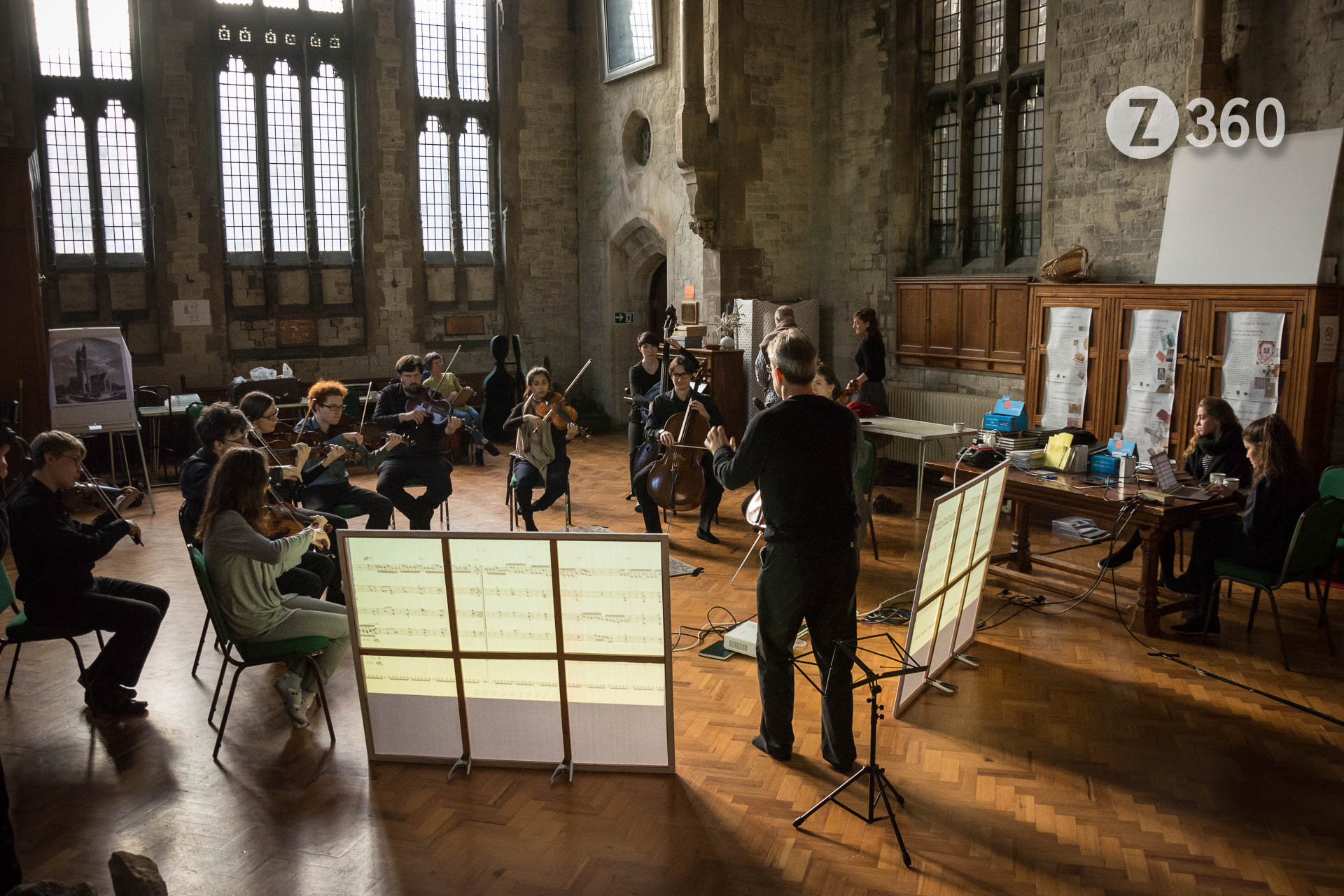
You can see more photographs here…
The greatest Dylan song you never heard
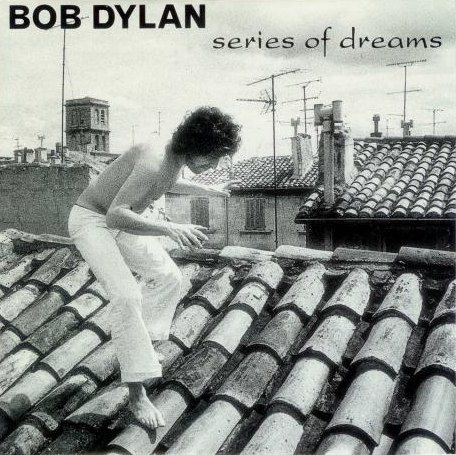 To think you could record a track such as this and then not release it for several years is staggering to me. It was recorded for the Oh Mercy album in 1989 and the producer, Daniel Lanois, believed it should have been the opening track of that album. It finally appeared at the end of 58 tracks on The Bootleg Series, Vol 1-3: Rare & Unreleased 1961-1991. As if to make up for this omission it has now appeared in various versions on at least another 4 compilation albums. However a song of this quality deserves a place at the centre of a great album, which perhaps Oh Mercy could have been if another famous track recorded at the same time, Dignity, had also been included along with classics such as Everything Is Broken and Most Of The Time.
To think you could record a track such as this and then not release it for several years is staggering to me. It was recorded for the Oh Mercy album in 1989 and the producer, Daniel Lanois, believed it should have been the opening track of that album. It finally appeared at the end of 58 tracks on The Bootleg Series, Vol 1-3: Rare & Unreleased 1961-1991. As if to make up for this omission it has now appeared in various versions on at least another 4 compilation albums. However a song of this quality deserves a place at the centre of a great album, which perhaps Oh Mercy could have been if another famous track recorded at the same time, Dignity, had also been included along with classics such as Everything Is Broken and Most Of The Time.
Back to the song, its resonance comes from the way it updates the classic Dylan of the 60s and is one of his last songs to still rock as if he wanted to be a Beatle or even Bruce Springsteen rather than a gravel voiced bluesman. The galloping drums (Daniel Lanois also produced U2) promise a redemption which of course never quite arrives, but we are certainly hurled towards another world by the building, chiming guitars of Mason Ruffner. The vocal phrasing is particularly strong and dylanesque, constantly tripping you up with the unexpected meanings, and when he gets to the punchline (Into the path you are hurled) the music soars, and his voice rises to the occasion.
This is a song which takes his dazzling work of the 60s and refracts it to render a more modern and mature vision. The lyrics are neither verbose nor florid, as they could have been in the 60s, they are simply trying to accurately describe a state of mind. In a sense it is a summation of his career, which can indeed appear as a series of dreams given his chameleon like metamorphosis from folk, protest, rock, surrealism, country, troubadour and guignol into an elder statesman on a never ending tour. There is a sense of sadness and languor, an absolute belief in his refusal to be a spokesman with all the answers, yet the mystery of existence still haunts and the extra terrestrial cards are nearly within his grasp. The emotion of a life lived pours through this song, a joyous requiem to the mystery of the unconscious.
The point he is making – that life is seriously a never ending Sisyphean task and yet also a series of vignettes which repeat outside comprehension, that his dreams have constructed his reality and so it has come to be, reflect a desire we all recognise – to arrive at a moment where we are at peace with our own dreams. In their bare and graphic descriptions we understand these incoherent dreams, perhaps we feel we have shared them. (I certainly do.) This man is no longer haunted by the history of his vivid imagination and crazy life, nor his frightening dreamscape, it has all become one and he accepts it for the madness that it was and may still be. There is still wonder, but no longer any fear, he is an observer who does not have to understand everything in order to see the chance of redemption. Surely the sign of a man who has gone the distance, no more worries, just thinking.
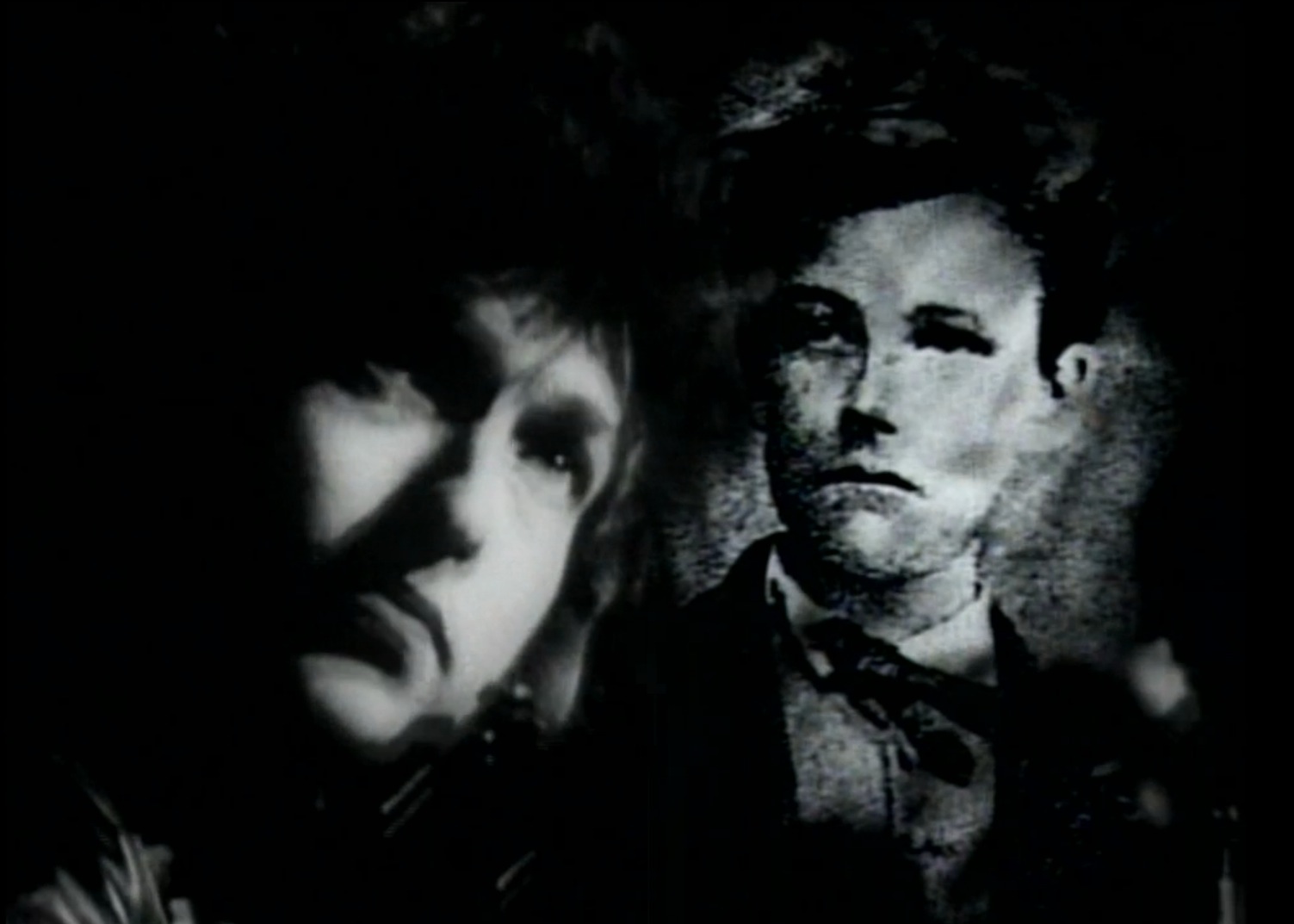
Bob Dylan thinking of Arthur Rimbaud (1854-1891), author of Illuminations.
Stills from the official video for Series of Dreams 1991.
A sense of the series of dreams referred to in the song can be garnered from the official video, which quotes from many historical aspects of Bob’s life:
Original Release 1991 : The Bootleg Series, Vol 1-3: Rare & Unreleased 1961-1991.
This track also appears on : Greatest Hits Volume 3 (1994), The Bootleg Series, Vol 8: Tell Tale Signs (2008), The Real…Bob Dylan (2012), Side Tracks (2013).
The Official Lyrics
Some versions contain this extra verse:
Thinking of a series of dreams
Where the middle and the bottom drop out
And you’re walking out of the darkness
And into the shadows of doubt
Wasn’t going to any great trouble
You believe in it’s whatever it seems
Nothing too heavy to burst the bubble
Just thinking of a series of dreams
F.O.N.A. : Fear Of No Aliens
Image
Finally here we are at the end of 20 Centuries alone, our greatest fear realised. We are shivering in our new found isolation as the reality dawns that there really is no one out there. For eons human beings have found comfort in a cornucopia of gods who have slowly become more distant and evanescent, until now when they have finally slowly evaporated into the myths of former ages.
Surely no-one really believes that, for example, the Bible is the actual word of god, since we now know who wrote it – the Gospels were written not by disciples or eyewitnesses but by Romans a century after the death of Jesus. As initially the Age of Enlightenment, followed by the observational and predictive nature of science engulfed us, we lost our pagan belief in the supernatural. The initial reasons for our pagan beliefs were swept away piece by piece: the world is round, there is an invisible force called gravity, we are all related, invisible germs do exist, we are a speck on the edge of the universe and amazingly E = mc2. Just as our notion of the universe has expanded, so the gods have inevitably been placed further away. We may not find them for sometime. In my lifetime god was initially living behind a cloud just up there, then perhaps in another dimension or time immemorial, now he is way out beyond the big bang. This is so far away as to be meaningless and certainly not the nearby bearded grandfather figure we initially invented to help soothe our troubled souls.
Yet the nebulous desire for some sort of supernatural relationship is buried deep in our psyche, as evidenced by our positing of external spiritual influences in nearly all historical societies. Recent times have seen the supplanting of supernatural forces, whether they be ghosts, spirits or gods, with a fresh look to the heavens for salvation. There must be something out there, and we attempt to will it into existence through science fiction. The near universal popularity of Star Wars ($27 billion income) and Star Trek (by 1972 it was being syndicated in 60 countries) demonstrates the contemporary desire to meet an alien, to have a family, to not be alone.
By doing away with our gods and their self-appointed agents we have lost some comfort and certainty in our lives, yet the benefits of freedom from the savagery of the Old Testament and hell-fire damnation are myriad. In the harsh light of our modern scientific reality, there has been a more realistic look at our own behaviour and the mutual responsibilities to our isolated planet, which should eventually have a positive outcome.
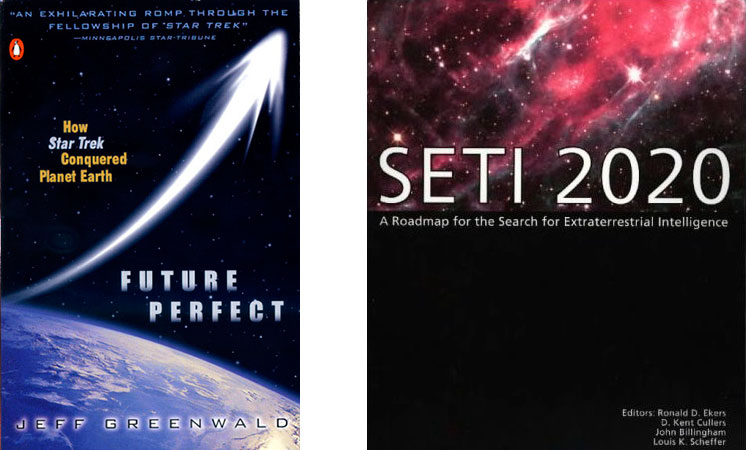 Science currently tells us there must, by the law of probability, be more life in the universe. An example of this is the Drake equation, which gives an estimate of the number of civilisations in our galaxy. Since we have yet to find extraterrestrial life we are confronting a new universal existential anxiety: Fear Of No Aliens or FONA. This is not a new idea, but a contemporary restatement of the eternal conundrum “Why are we here?”, which our historical myths and religions have claimed to answer for many centuries. Now if we can’t find those pesky aliens, we will invent them, we are used to doing that. Perhaps it may be better to “unask” the question as some eastern philosophies do.
Science currently tells us there must, by the law of probability, be more life in the universe. An example of this is the Drake equation, which gives an estimate of the number of civilisations in our galaxy. Since we have yet to find extraterrestrial life we are confronting a new universal existential anxiety: Fear Of No Aliens or FONA. This is not a new idea, but a contemporary restatement of the eternal conundrum “Why are we here?”, which our historical myths and religions have claimed to answer for many centuries. Now if we can’t find those pesky aliens, we will invent them, we are used to doing that. Perhaps it may be better to “unask” the question as some eastern philosophies do.
Once recognised FONA can be seen coursing through our culture in many different guises, from the medieval fear of a godless world to our adoption of the Gaia hypothesis, which posits that Earth is a self-regulating system. With the decline of violence (cf. The Better Angels of Our Nature by Stephen Pinker) and the cultural opposition to xenophobia, we can finally embrace the so called alien and hence make our discovery of it more realistic.
FONA is simply the latest development in a seemingly never ending quest, a more mature yet still perplexing reaction to our perceived place in the universe. Is there anyone out there? We fervently hope so, to the point that we have already invented a panoply of anthropomorphic aliens, just as we once did with our gods. The difference is now that we recognise our own creations for what they are: science fiction. Nevertheless the emotional desire to find the alien/god/creator/teacher remains strongly within our human psyche. It looks like FONA will be with us for some time to come, maybe it always has been.
Perhaps we are here with our unique self-awareness just to strive to explore…and one day find those aliens.
“We are just an advanced breed of monkeys on a minor planet of a very average star. But we can understand the Universe. That makes us something very special.”
Stephen Hawking Der Spiegel (17 October 1988)
For further information see The Fermi Paradox
Enrico Fermi (1901–1954) saw the apparent contradiction between high estimates of the probability of the existence of extraterrestrial civilizations, such as in the Drake equation, and the lack of evidence for such civilizations.
aka: Where is everybody? • Where are they? • The Great Silence • silentium universi
•••
Taylor Wessing Prize : A Critique
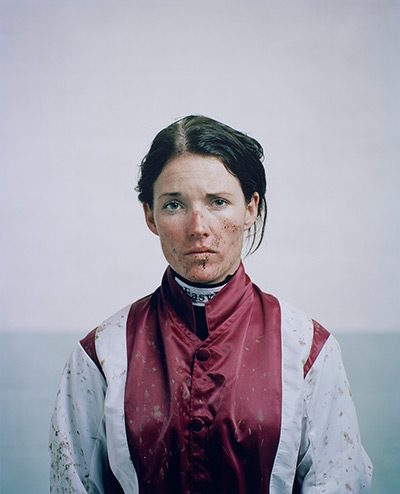
The Prize Winner: Katie Walsh by Spencer Murphy
Well the state of contemporary portrait photography does not appear to be the healthiest judging by the show at the National Portrait Gallery. Or maybe it is the judges who are incapable of choosing examples of truly photographic images which amaze and excite us. This possibility is suggested by giving the £12,000 prize to an enlarged photo booth style picture which is badly cropped and flatly printed. Many other entries appear to be box ticking exercises to fulfil some imagined social criteria not directly relevant to the art of photography. Some pictures were parts of a monograph which do not stand up when taken out of context, or journalistic commissions featuring famous people and formula photography. The number of people either sitting on chairs or looking straight to camera is stultifying and there appears to be a strange obsession with gypsies and twins. Of course there is a photograph of The Queen, in this case a tiny and unpleasant snatch shot. In these portraits nobody is doing or expressing anything, there are hardly any actual physiognomic examinations (surely the essence of portrait photography) and certainly a lack of technical exploration. The formulaic and unadventurous nature of the Taylor Wessing Prize is demonstrated by the previous years entries which could replace this year without anyone noticing.
The exhibition was cramped (£3 for 3 small rooms) and clumsily laid out with the prizewinner hidden in a corner (halving the potential viewers) and many pictures stacked one above the other making viewing difficult. The lack of respect for the skills of photography was demonstrated by the fact that there were no technical details whatsoever.
My criticism of this show was reinforced when I nipped upstairs to see the free Starring Vivien Leigh: A Centenary Celebration exhibition, featuring 2 portrait photographs by Madame Yevonde and and Angus McBean which are truly photographic images and far superior to anything on view downstairs.
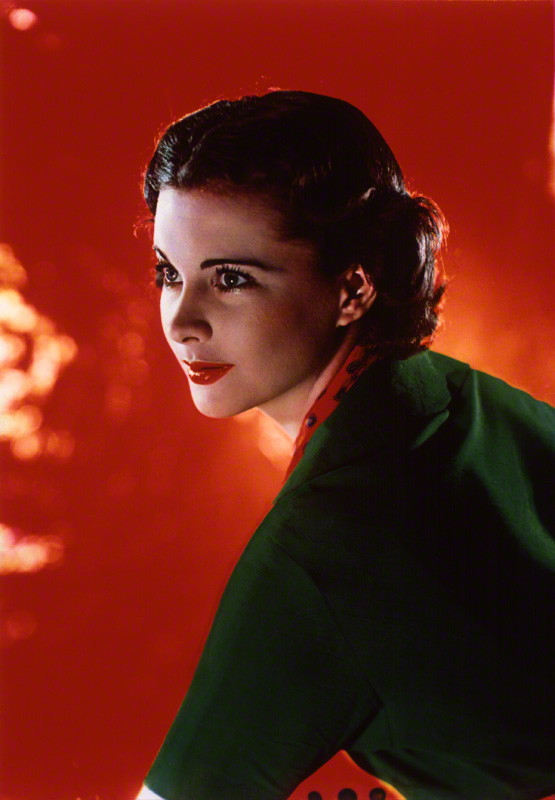
The Madame Yevonde portrait was taken at an acute angle in vivid dye-transfer Technicolor in 1936 and was more daring in its posing and use of colour than anything on view in the 2013 selection.
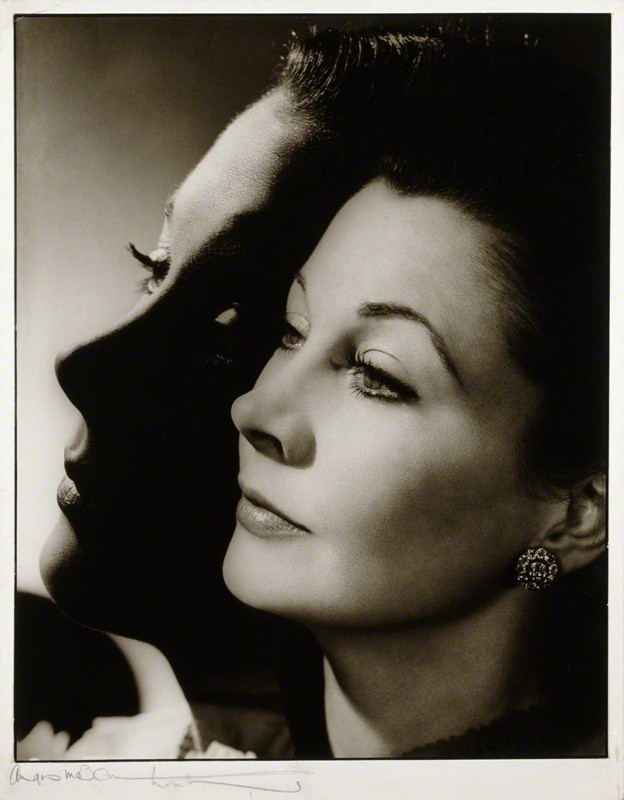
The Angus McBean portrait is a monochrome double exposure print from 1952 nearly in silhouette, both more technically adventurous and revealing than any of the contemporary work. Surely the judges could have found some equally strong work in 2013?
PS “Fabio” did raise a smile..
Postscript 2016
The Guardian says the 2016 £15.000 winner is “An apparently simple and straightforward picture of a boy in his school uniform”. The Judges say “something beautiful out of the everyday”. Oh yes the Judges have chosen another incredibly boring photobooth shot !
Volvo in Mario’s Cafe
Paul Shearsmith’s Volvo Amazon in Mario’s Cafe, Kentish Town
Life size car photography by Douglas Cape, Z360
Kuma Lisa at St Mary’s
Right click for the Fullscreen button
Another splendid night, Cheers!
Lou Reed : Creative
Marc Ribot Trio at Cafe Oto
The Marc Ribot Trio dropped into a packed Cafe Oto with Henry Grimes on acoustic bass as the NY history man of 60s free jazz, and on drums the muscular Chad Taylor from Chicago. Just visible in the corner on his chair was a middle aged workman in a dirty T shirt, his body folded over his guitar. Marc played 2 seamless symphonic sets, with nary a word, just a few applause breaks, especially for the septuagenarian Henry. The music was free jazz but encompassed show tunes, cartoon breaks, marching songs, pop riffs, angular funk and metal shredding runs. It was a capsule history of 20th century American popular music, of which more later…
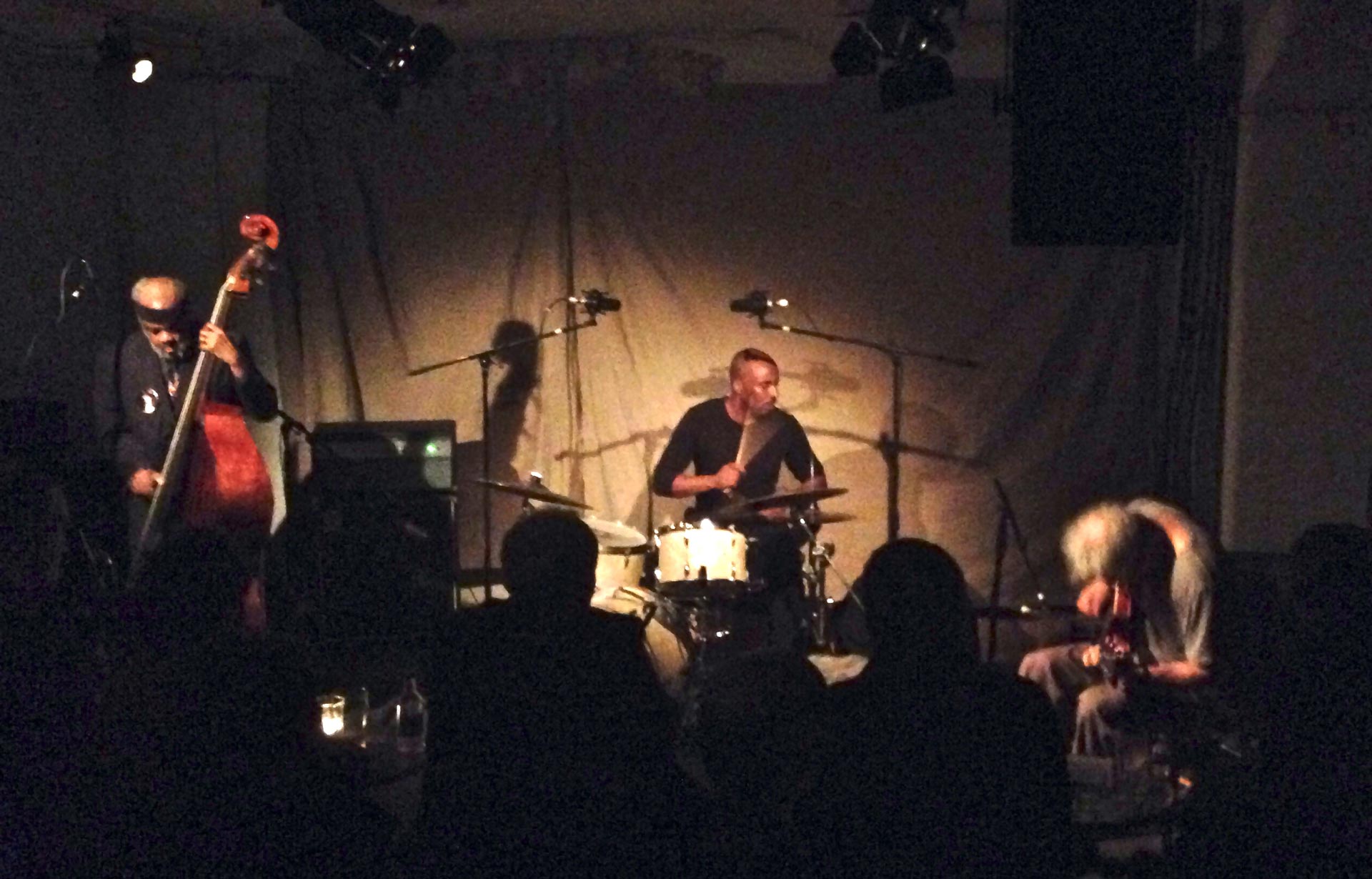
Marc Ribot plays a Gibson ES-125TDC circa 1962. This is a semi acoustic thin bodied dual pickup electric guitar (famously played by George Thorogood) which he used for every guitar style known to man. He accomplished this with a unique but simple setup of one pedal and one guitar mic, allowing full usage of the electro-acoustic qualities of the guitar. For the the riffing and the metal runs the guitar mic was pushed aside, but for most of the set the guitar mic was just a few inches from his guitar allowing a unique blend of sounds, and then suddenly a lever was flicked and we were back in the prairie with a steely acoustic country guitar whispering to us. Most remarkably he leant over his guitar, his chin appearing to rest on the body, the guitar mic a fraction away as screeds of notes poured out in concentrated flurries – completely hunched over but his arms flying up and down the guitar. At one point you could hear his gritted breath through the guitar mic, no doubt intentionally.
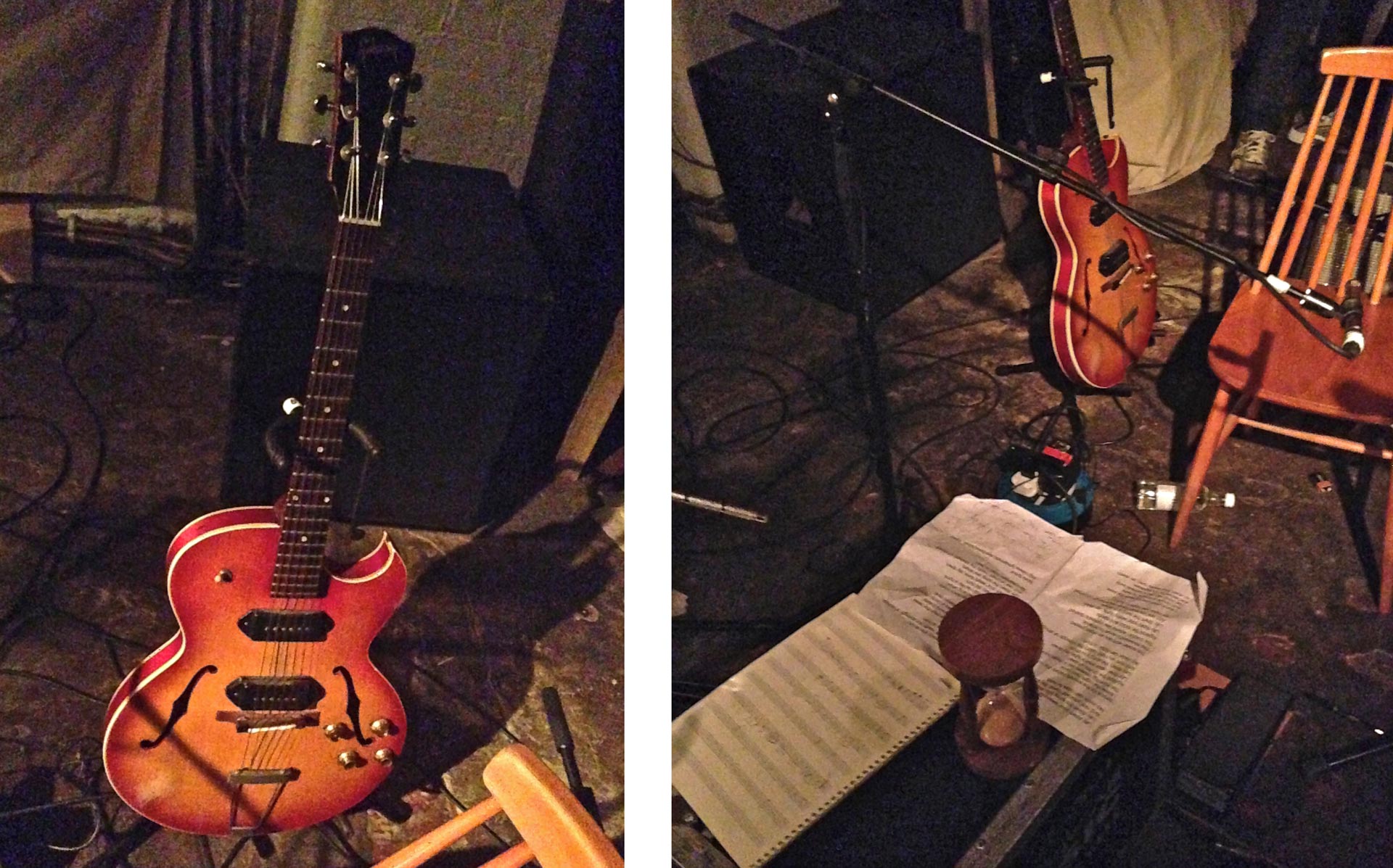
During the first set we went a from classic click-clack drumbeat into what sounded to me like Gabor Szabo’sThe Beat Goes On, well it was funky and Latin anyway! Marc’s cover versions often have a very remote relationship to the original and in no time the music had metamorphosed into angular 80s Bill Frisell style jazz funk, finishing with a chomping Stevie Ray Vaughan blues flourish. A lyrical show tune began the second set echoing the smooth classic jazz of Wes Montgomery and we sped through a catalogue of American styles rapidly coming apart at the seams, at one point sustained riffing drawing applause. As the music splintered, only lightened by bass and drum solos, we heard snatches of the American songbook being deconstructed, reaching its lyrical apogee with a version of Bob Dylan’s Lay Down Your Weary Tune. Yes he sang a song both appropriate and somehow elegiac, Marc’s tremulous voice following not the vocal but the guitar line:
Lay down your weary tune, lay down
Lay down the song you strum
And rest yourself ’neath the strength of strings
No voice can hope to hum
It felt like a Requiem for America…
Update 14 May 2019
Marc played a solo acoustic gig at Cafe Oto
Magnificent and quieter tonight –
But better photos:
Everyone loved it
Thank You
∞


